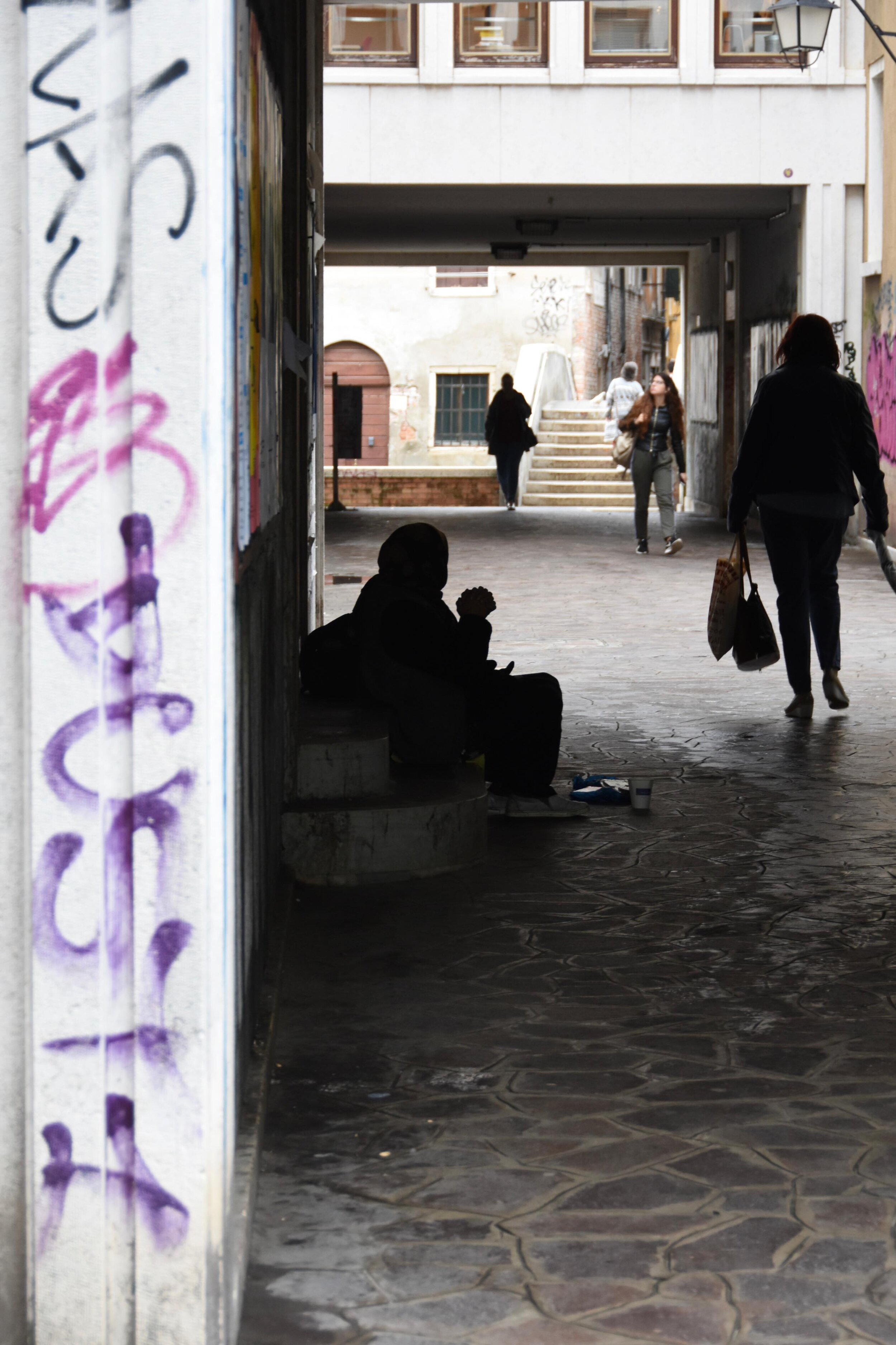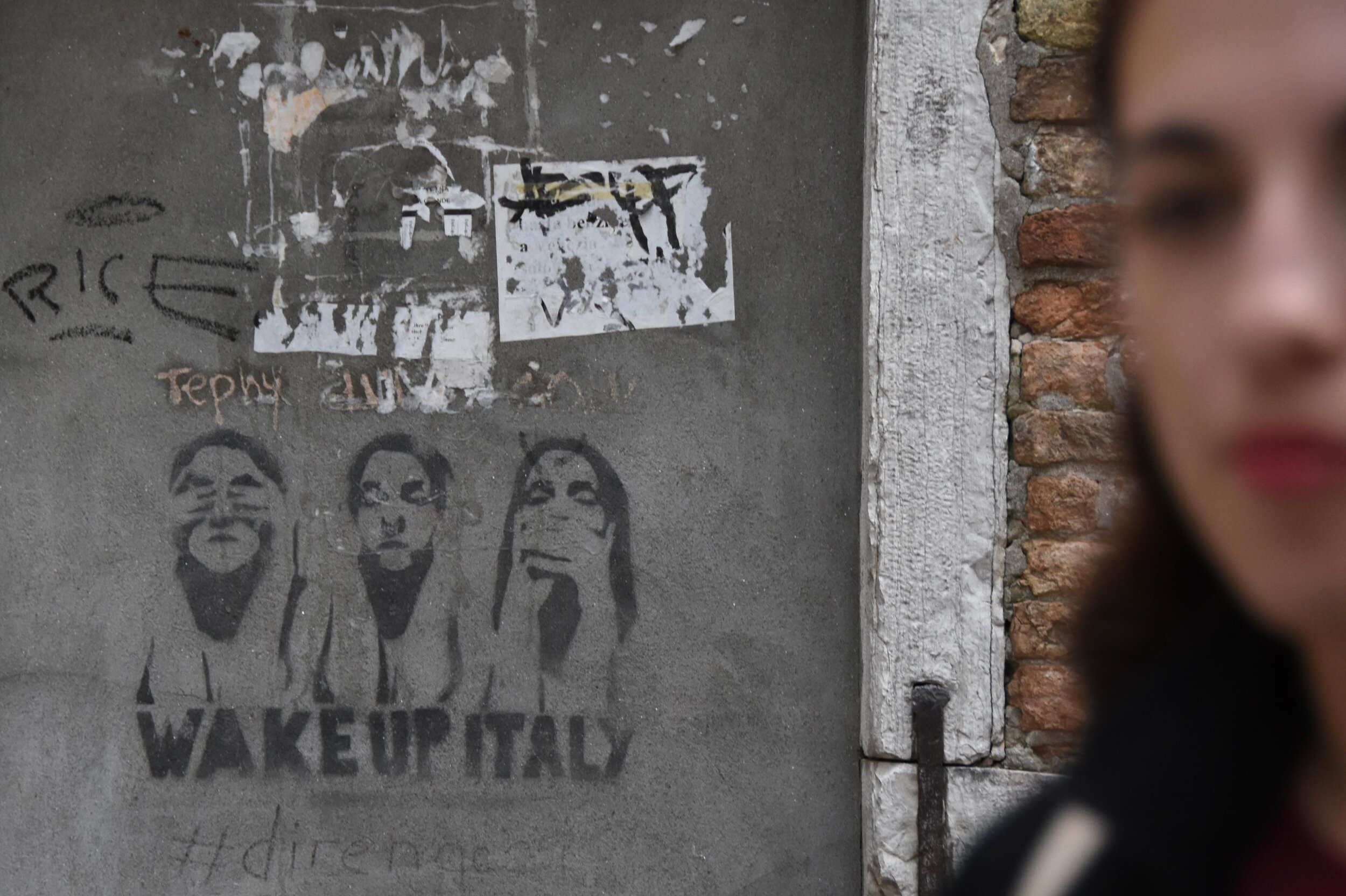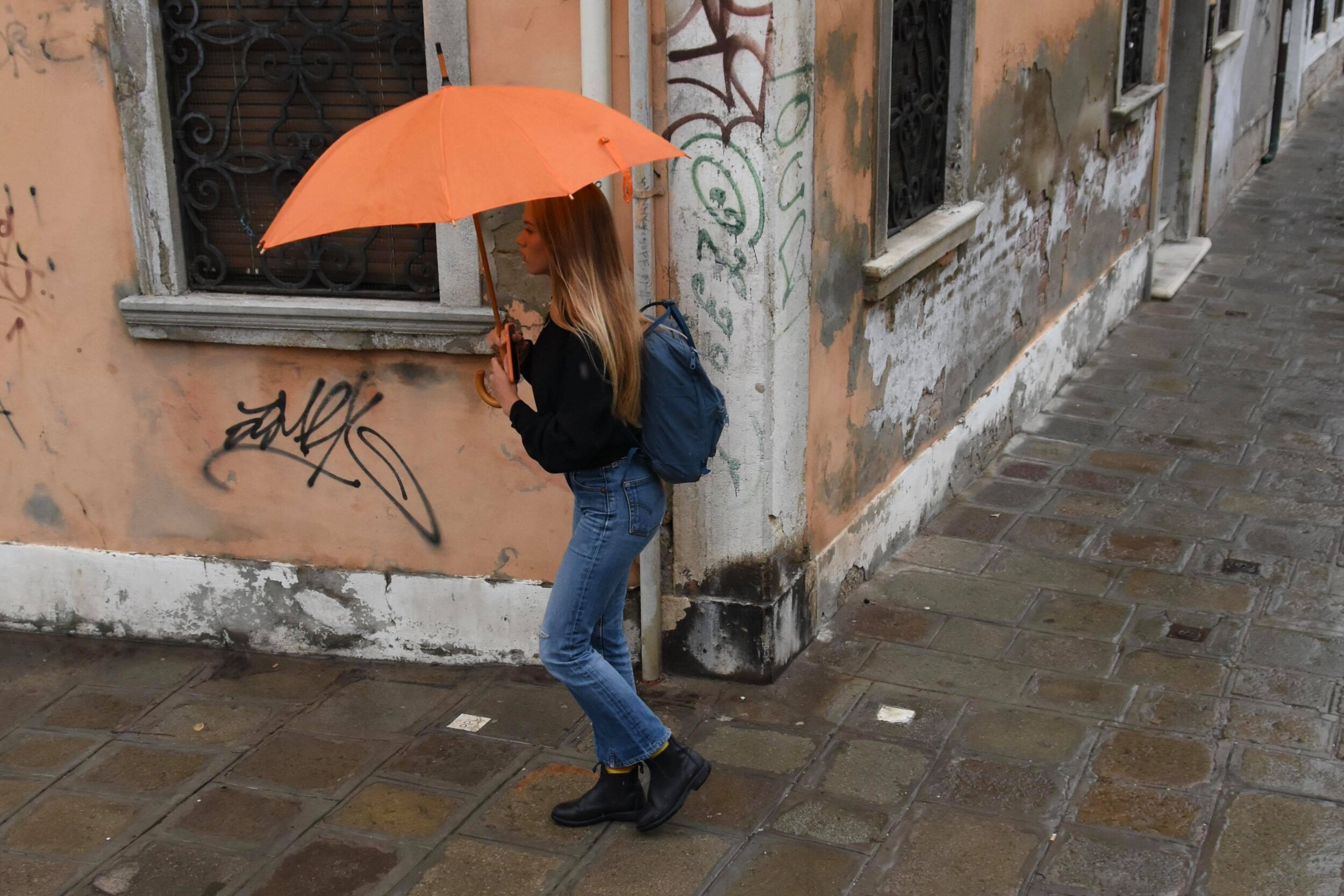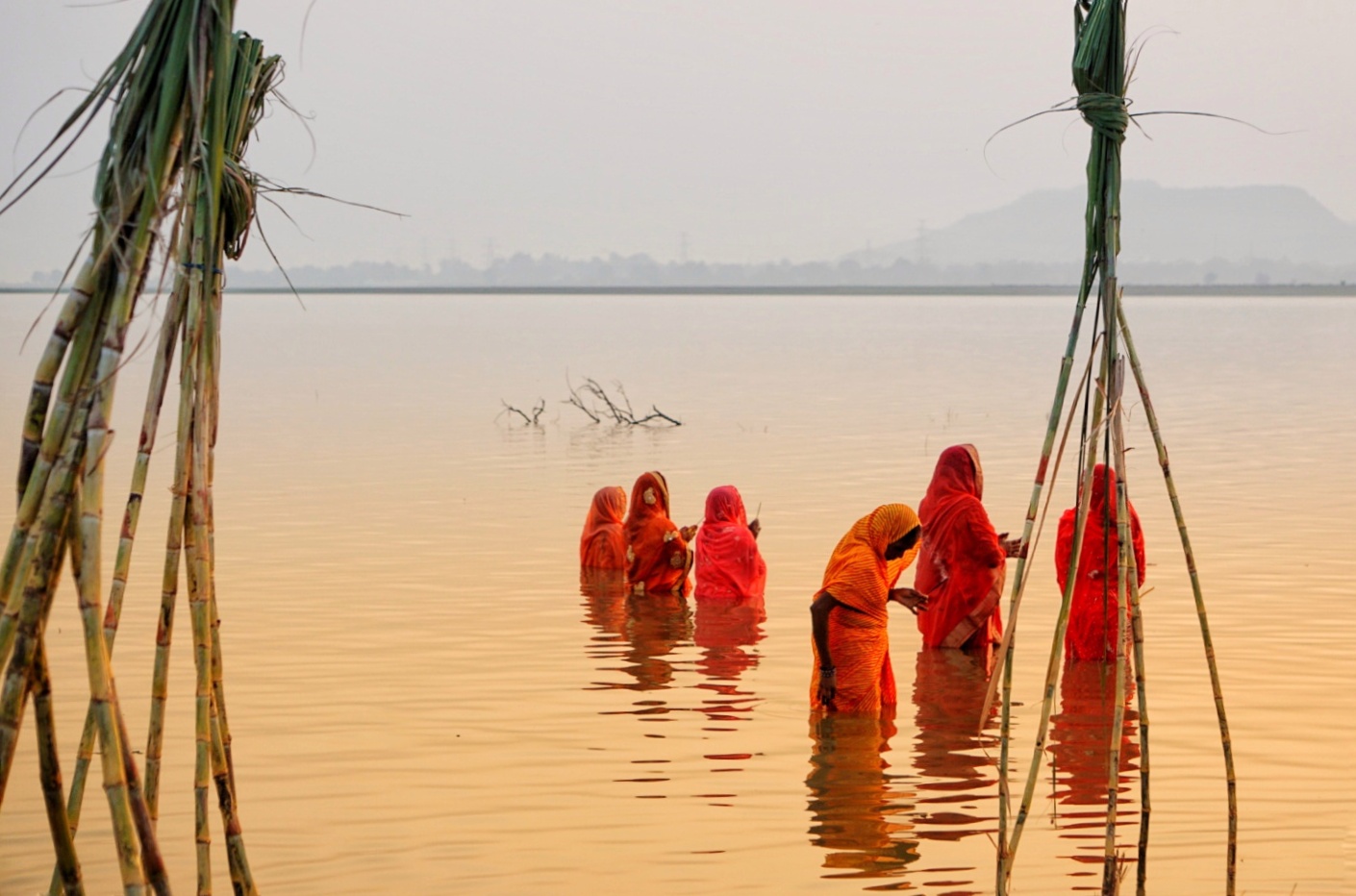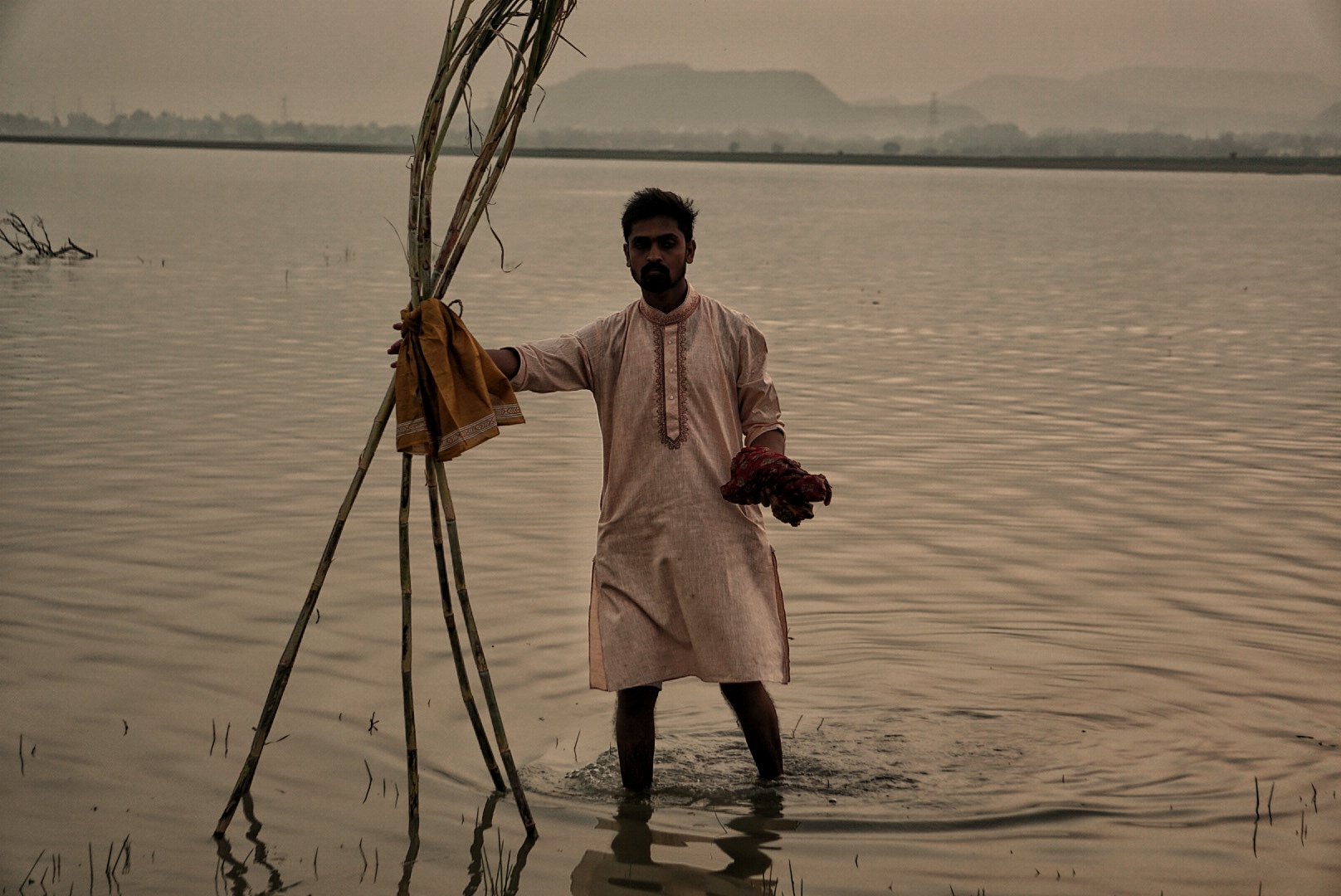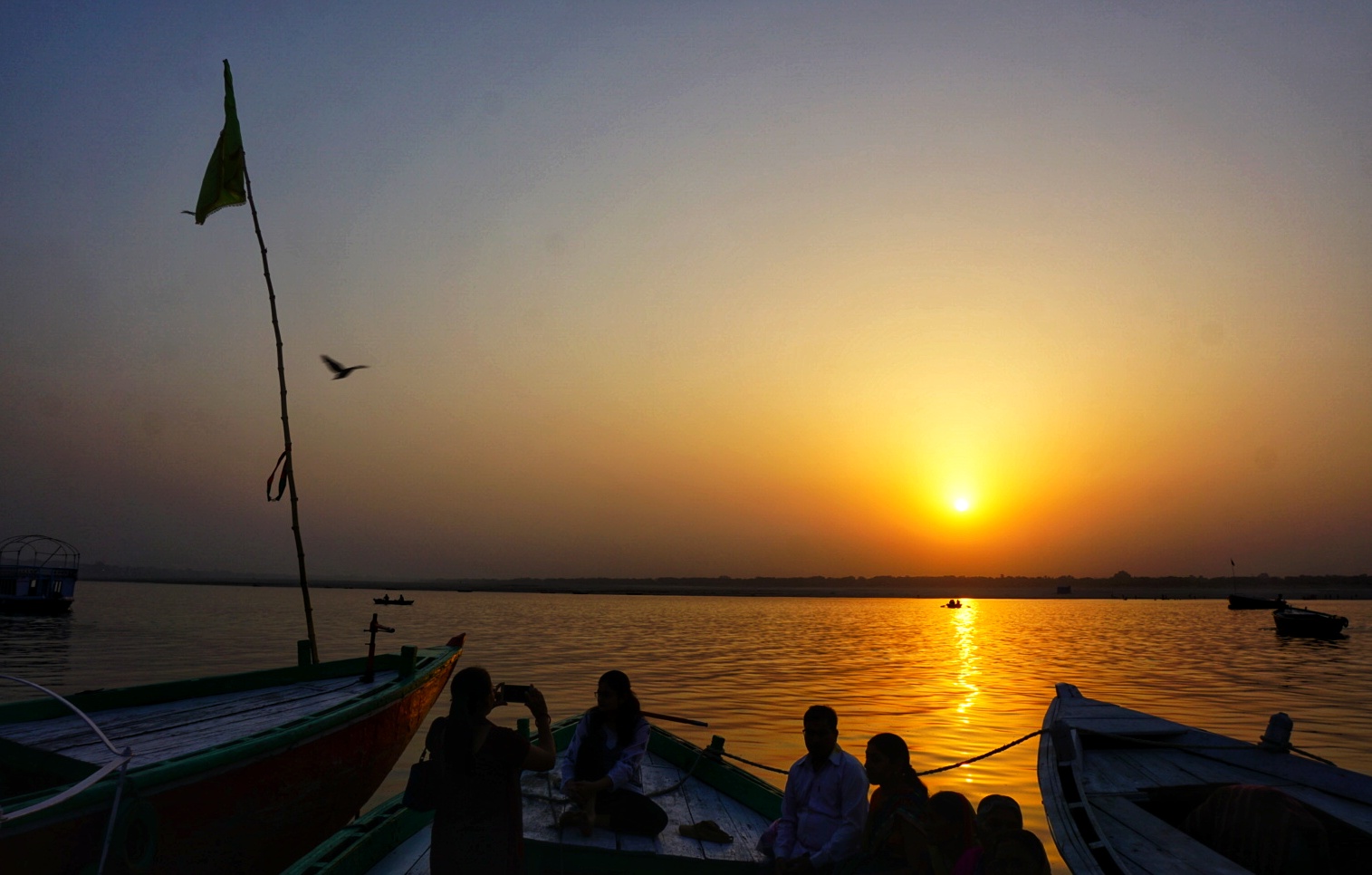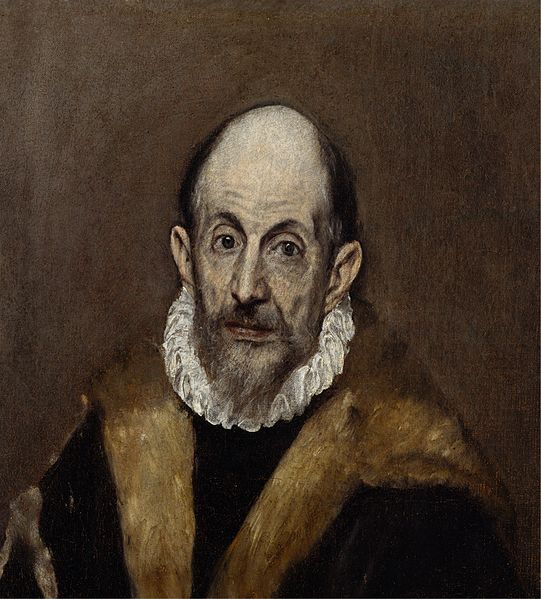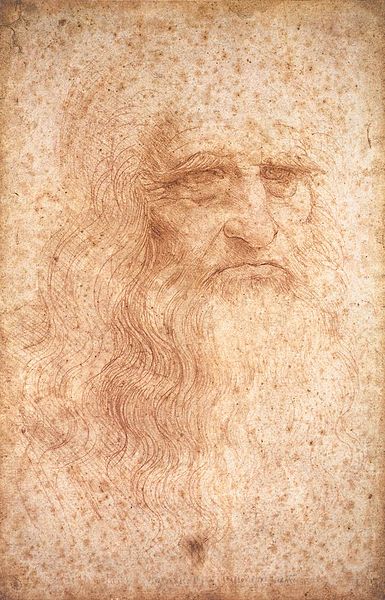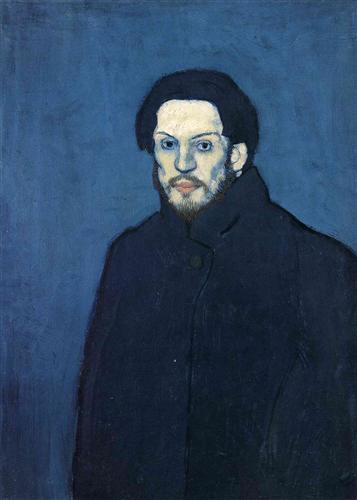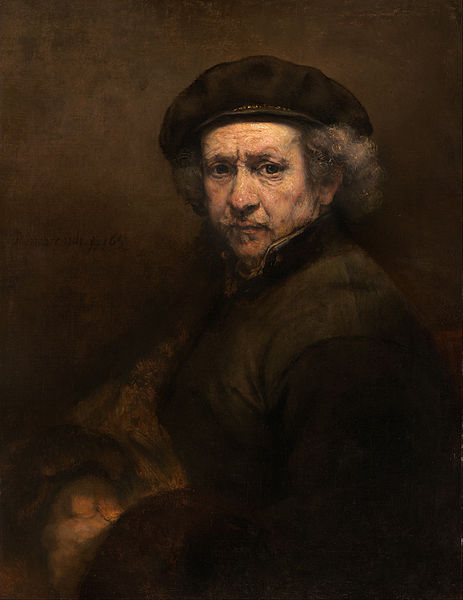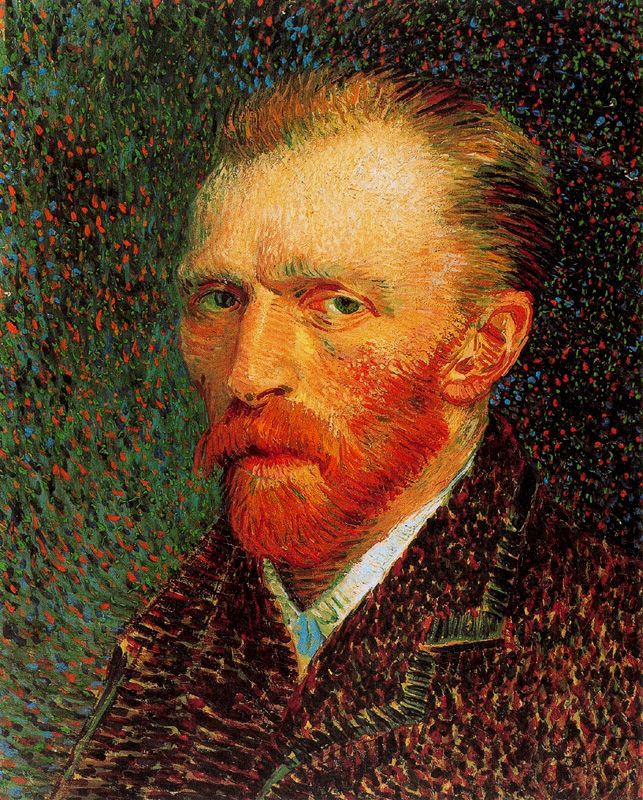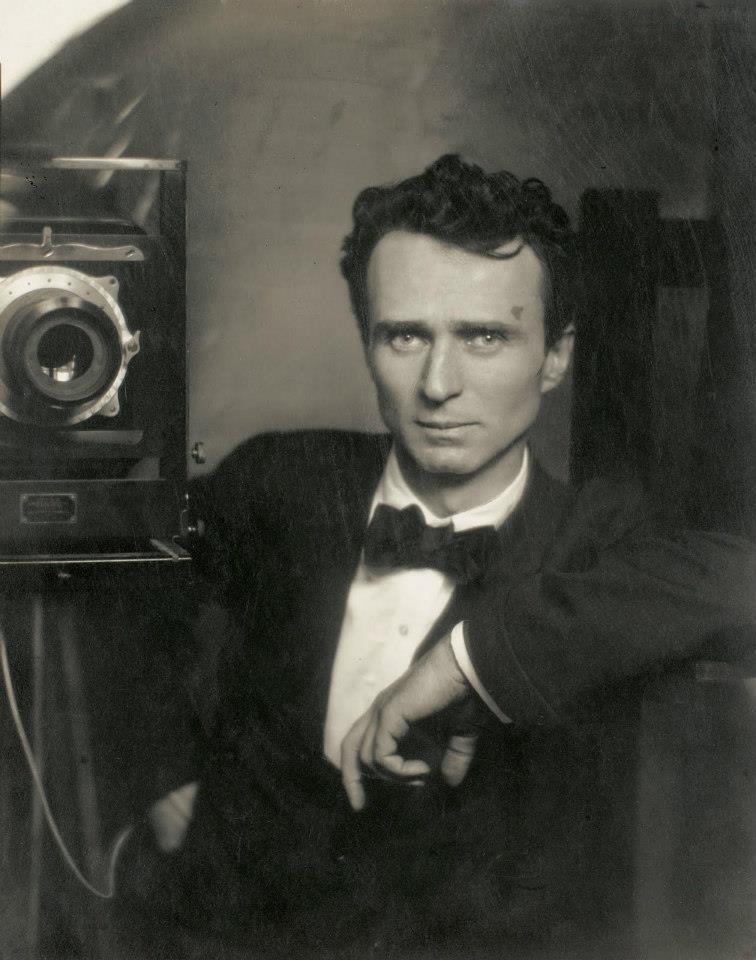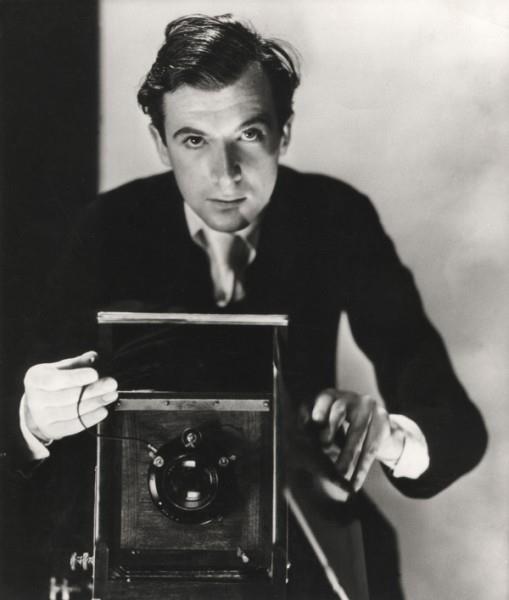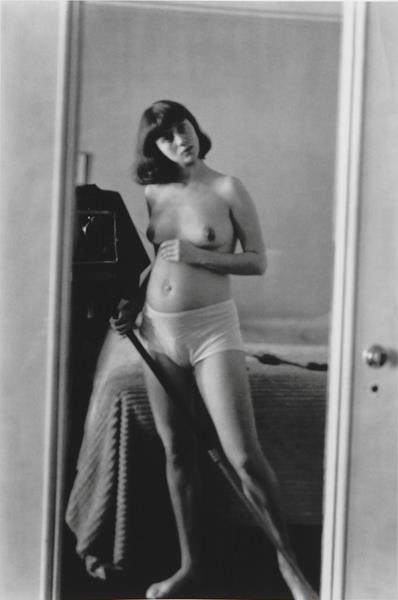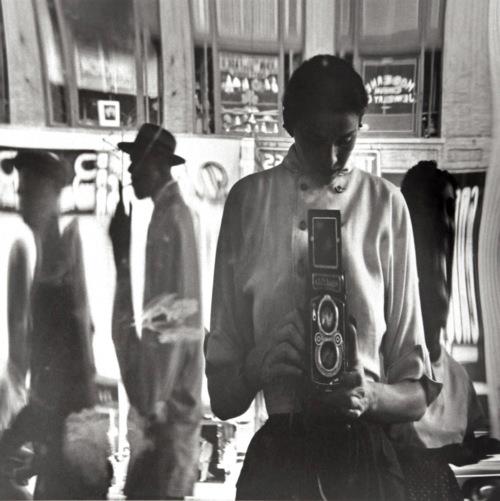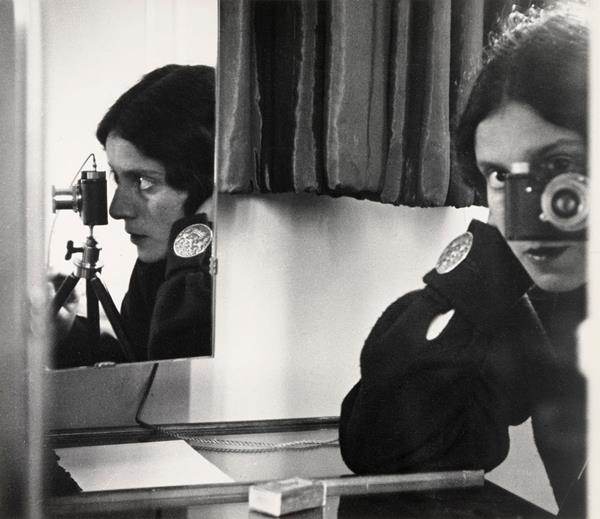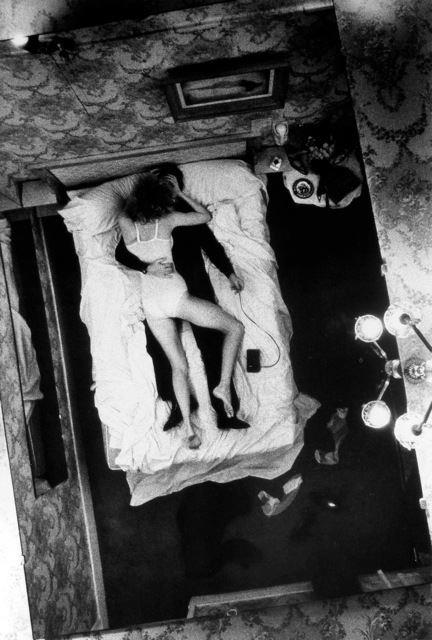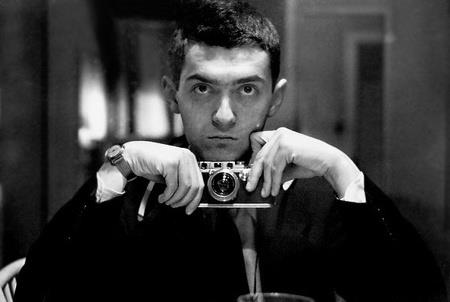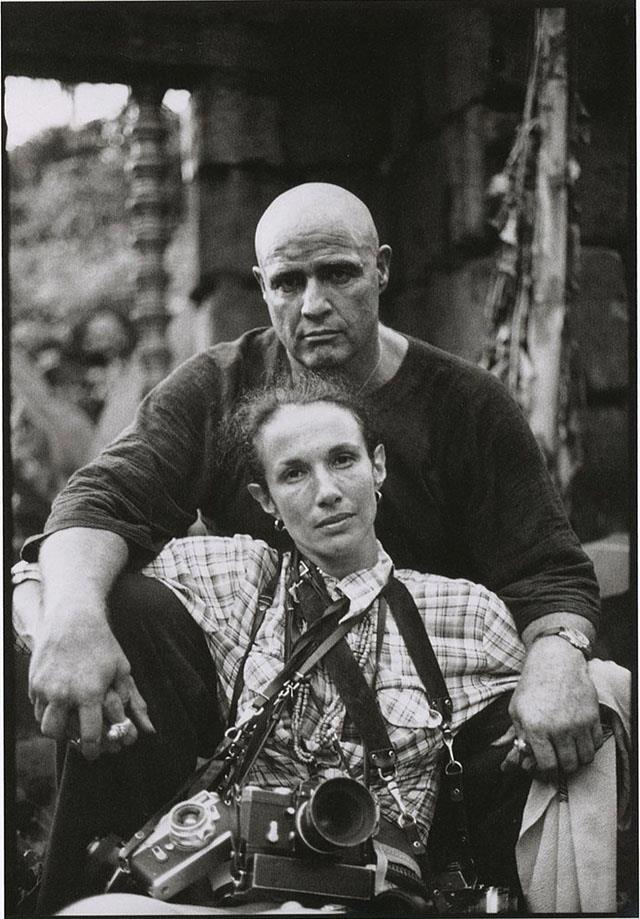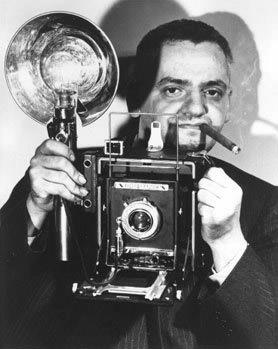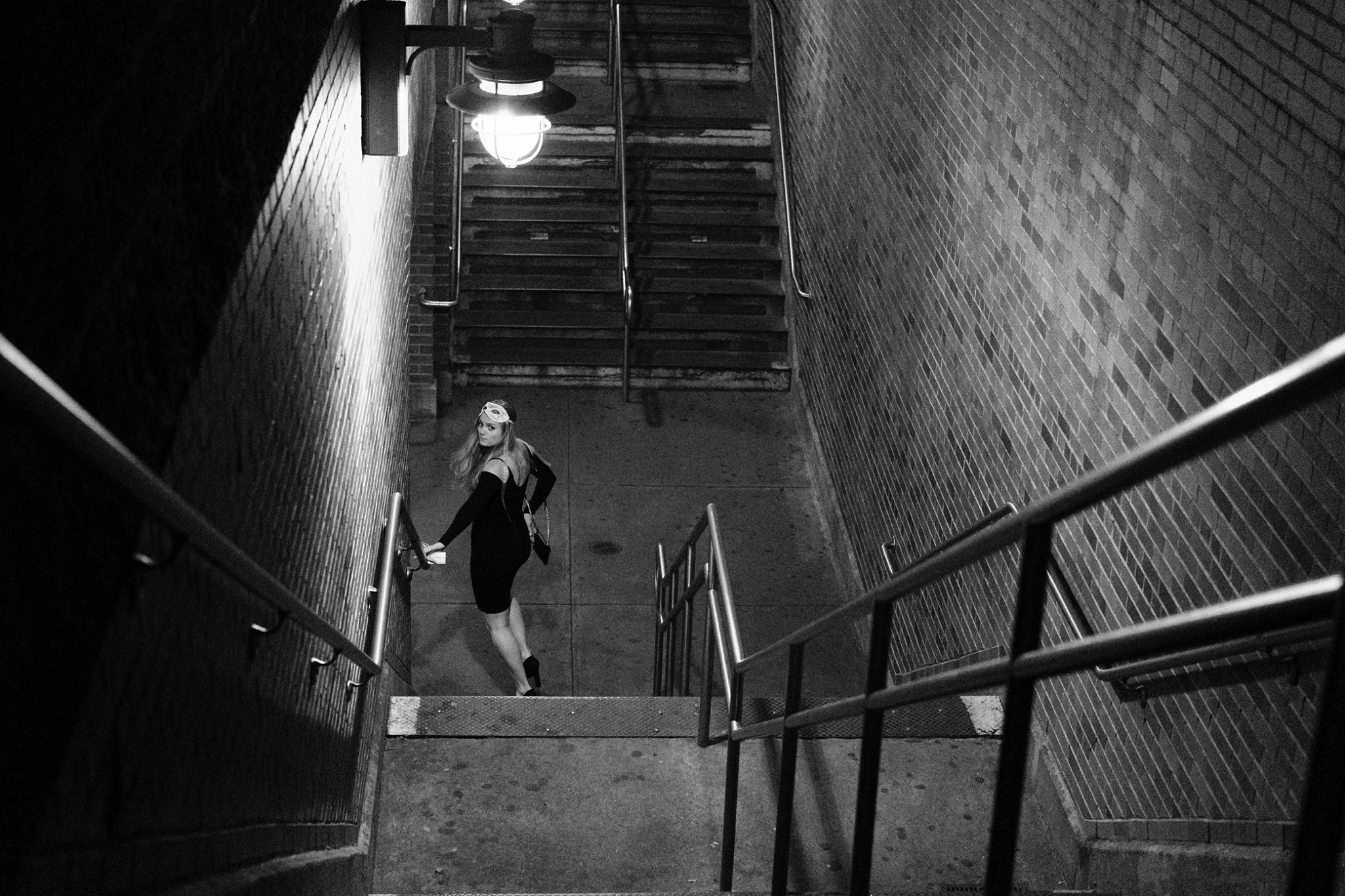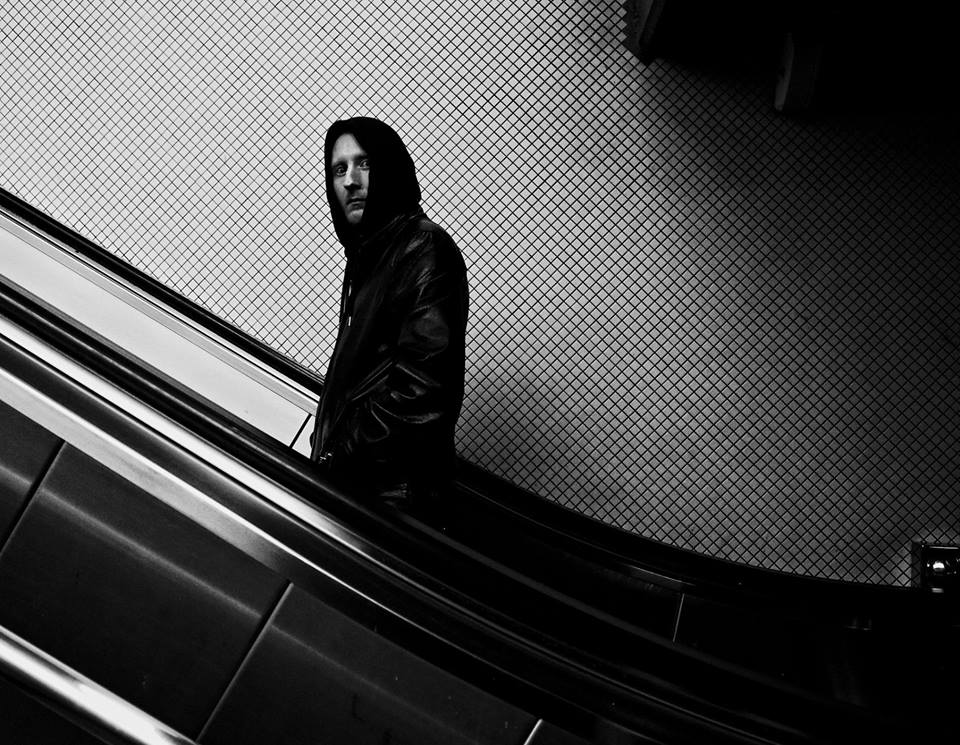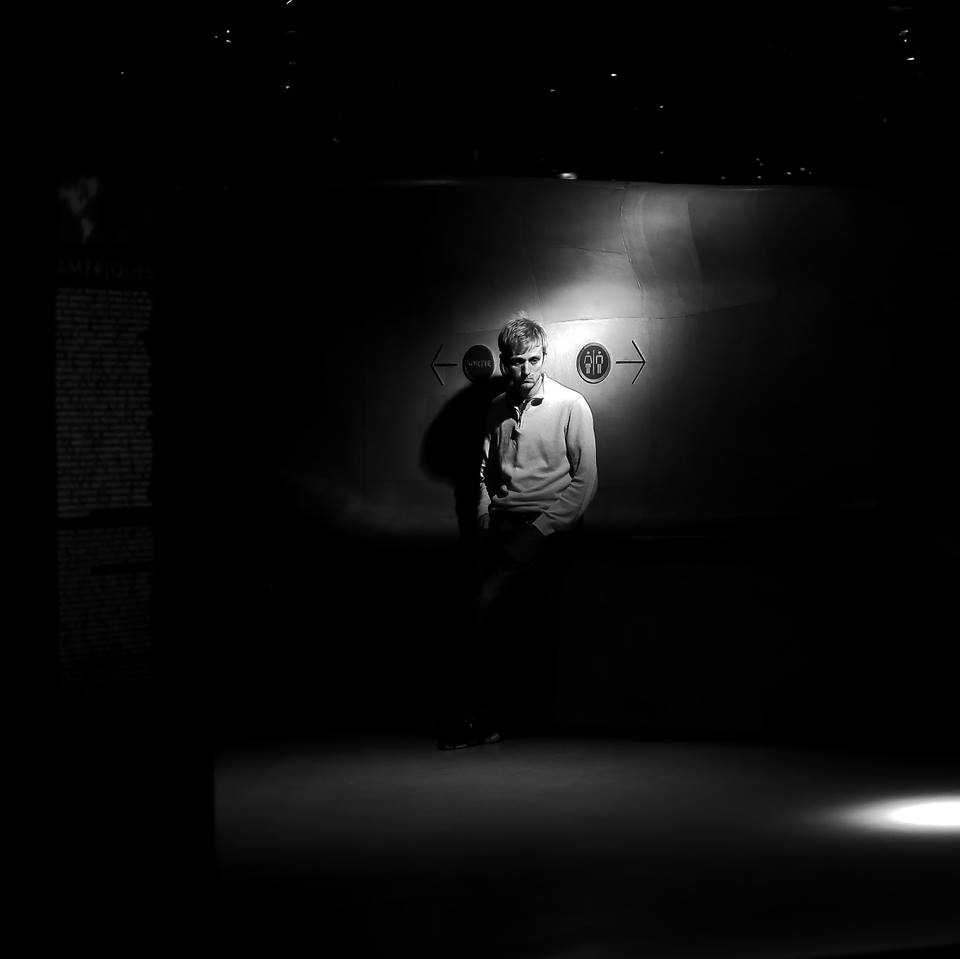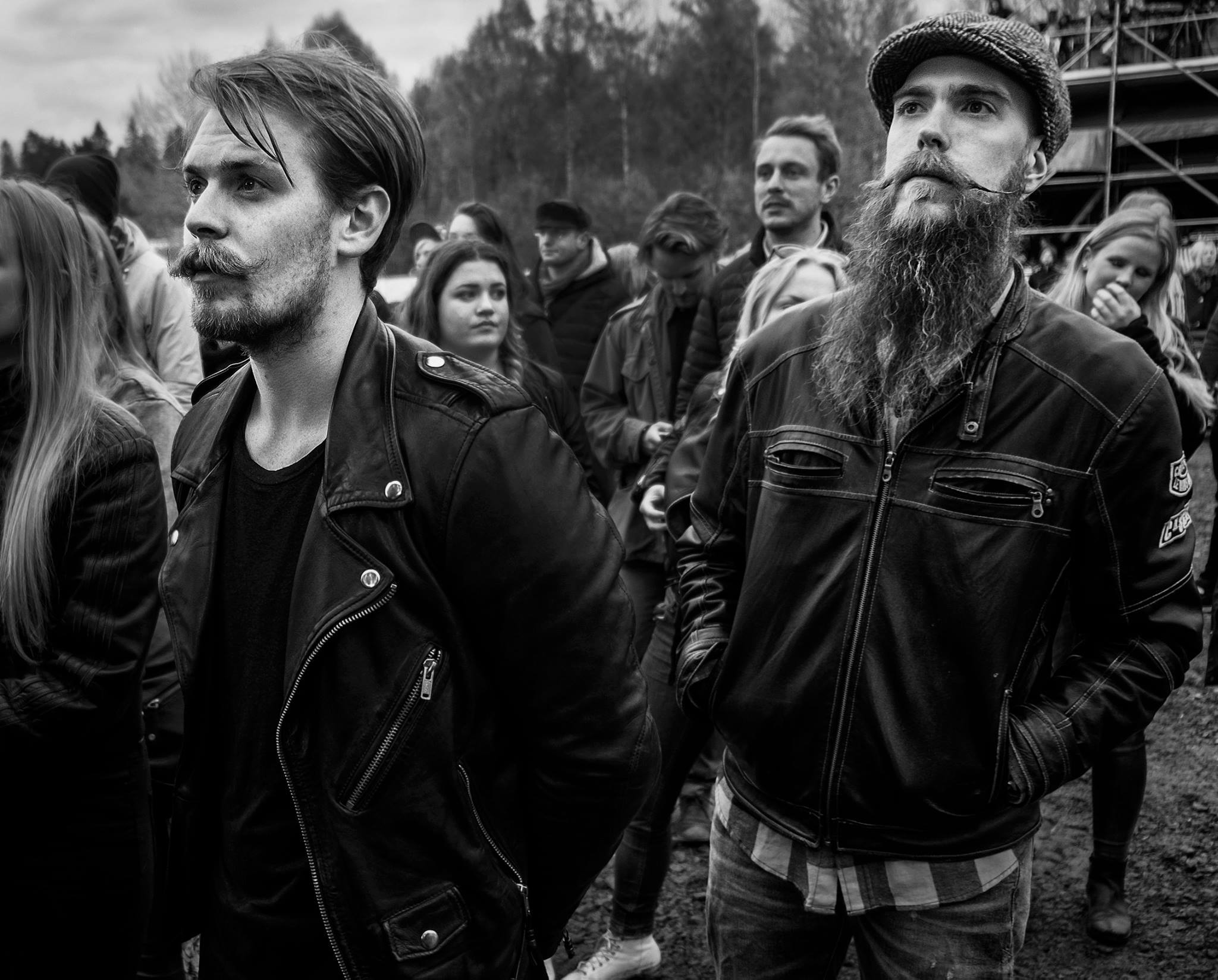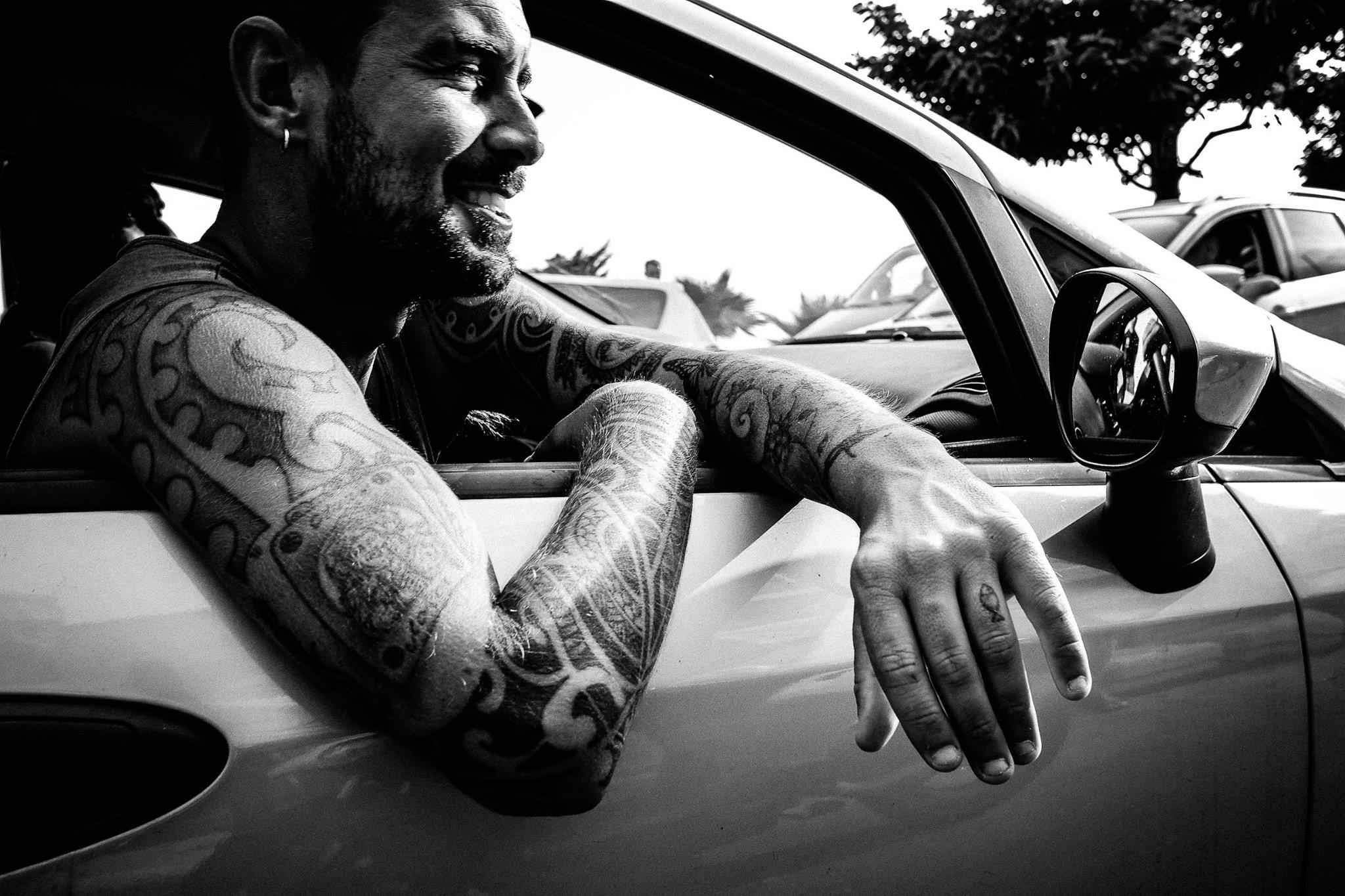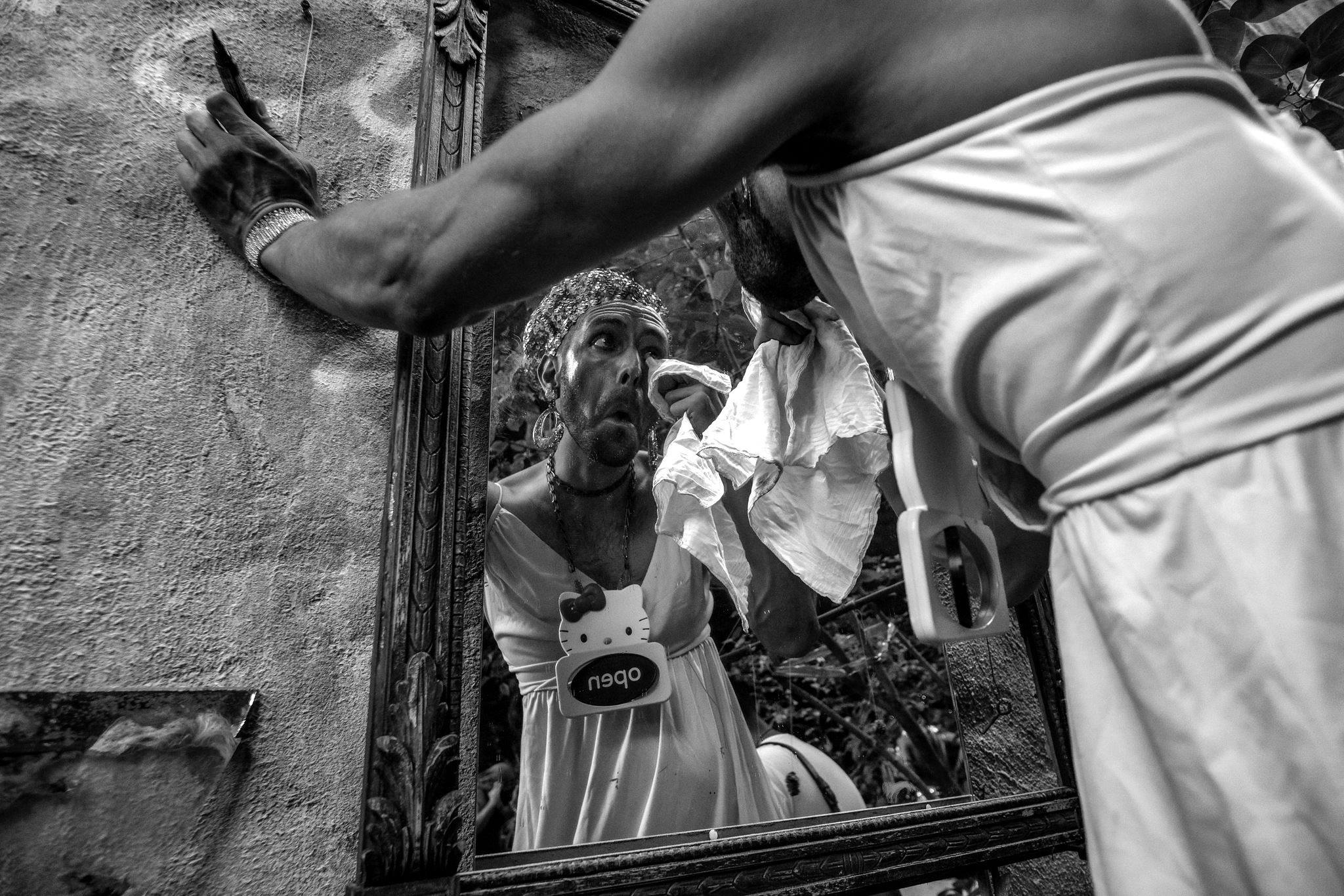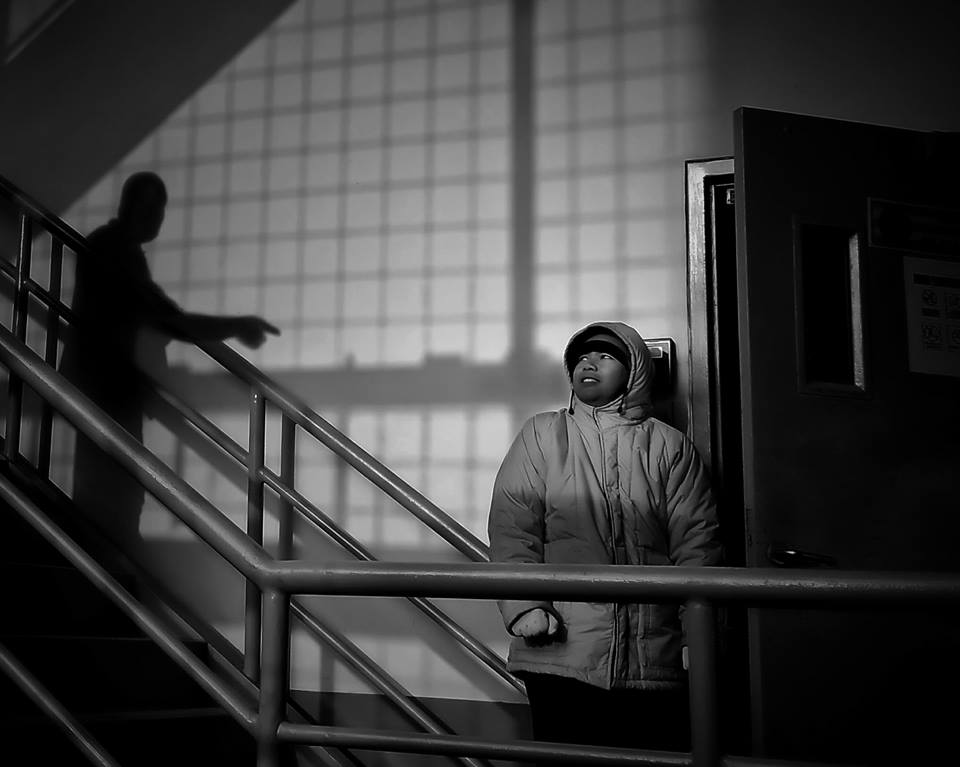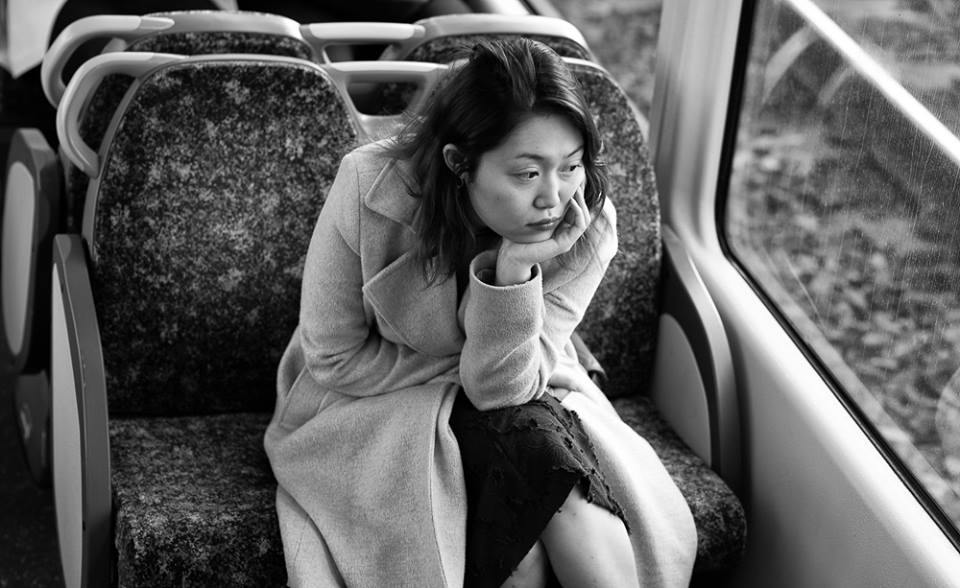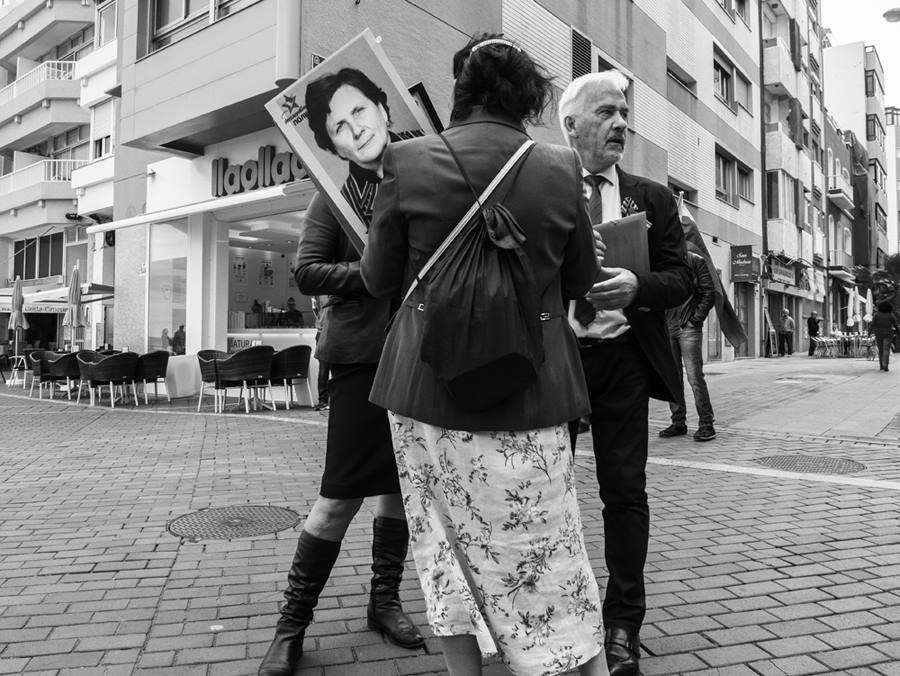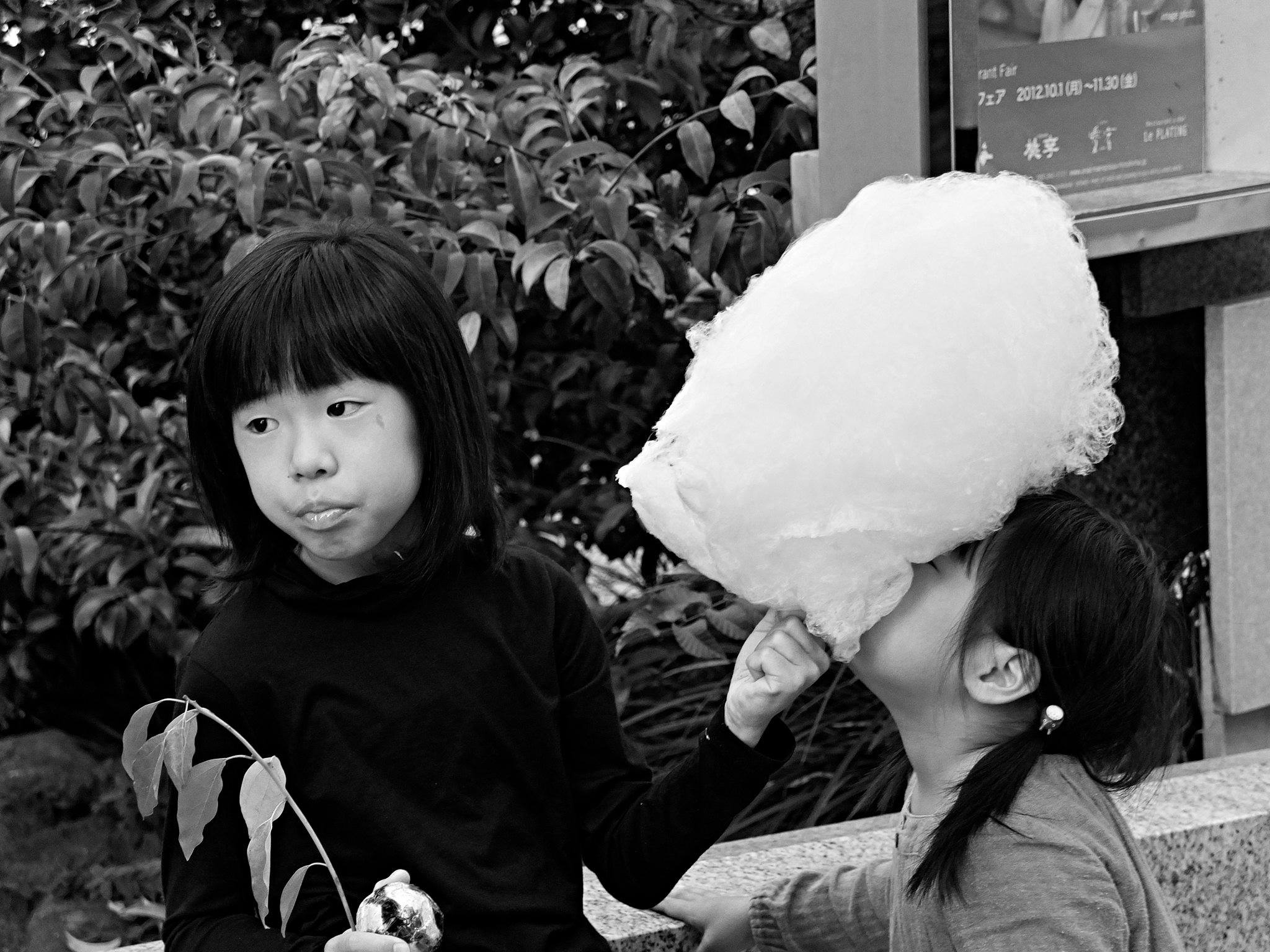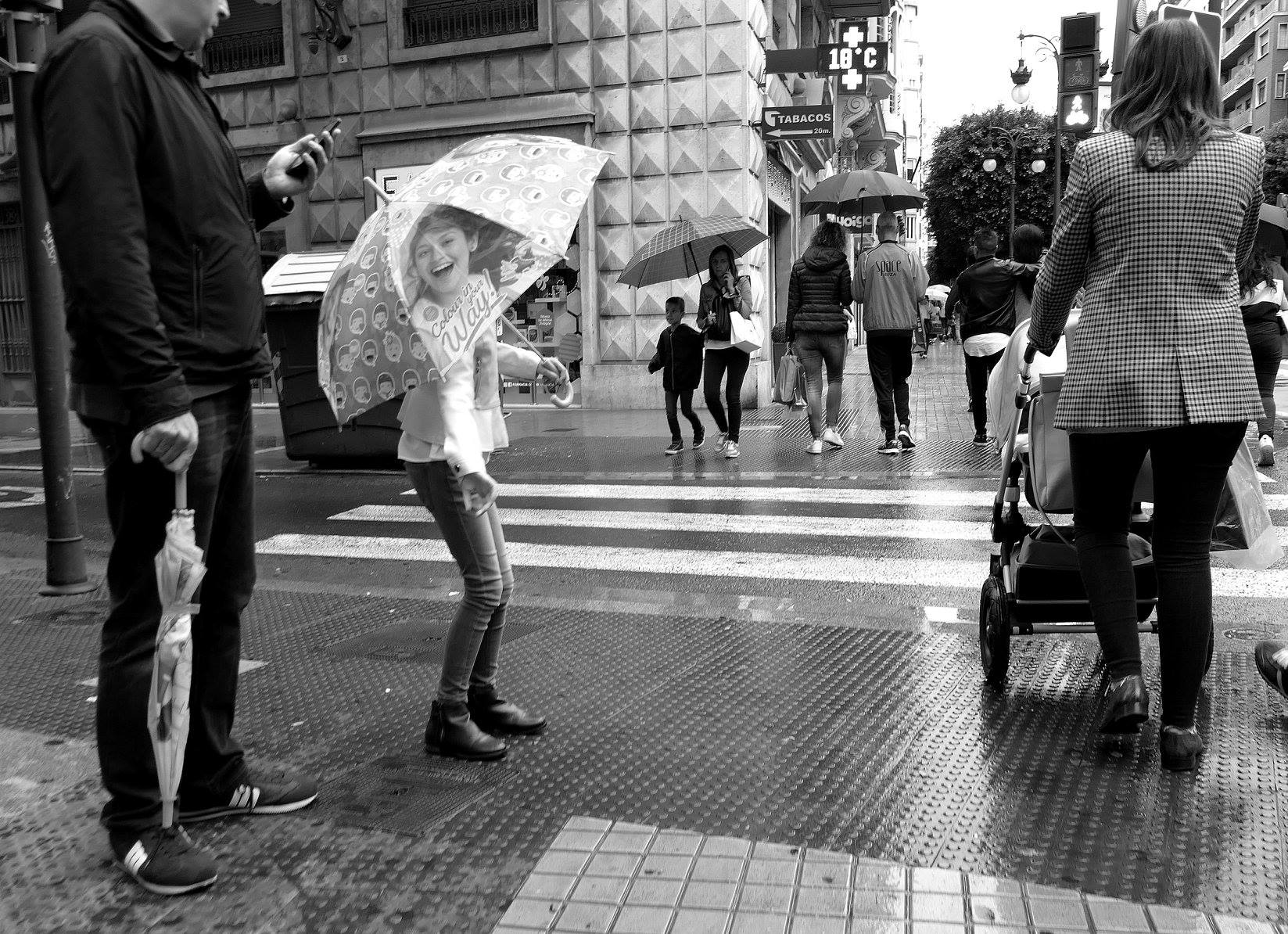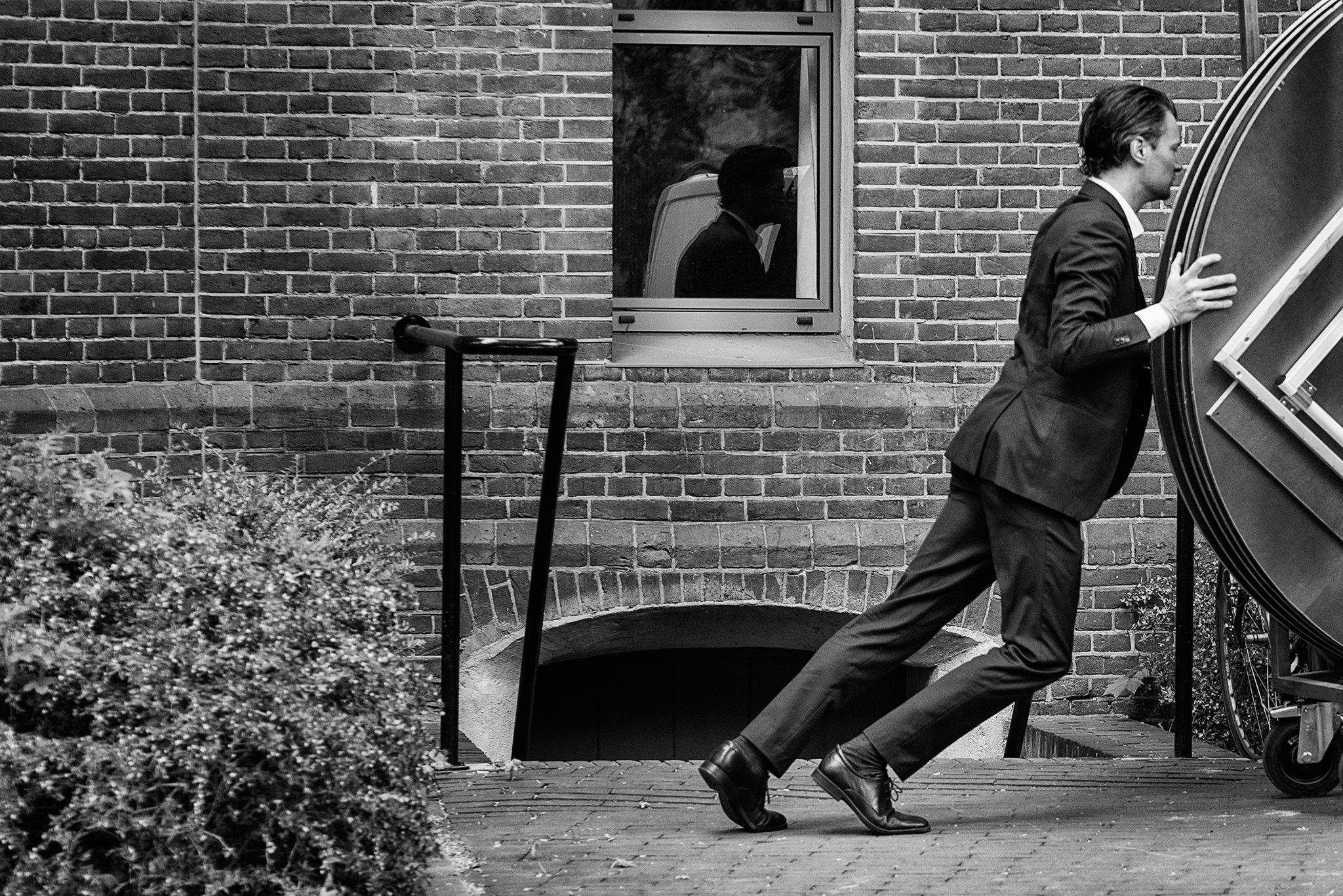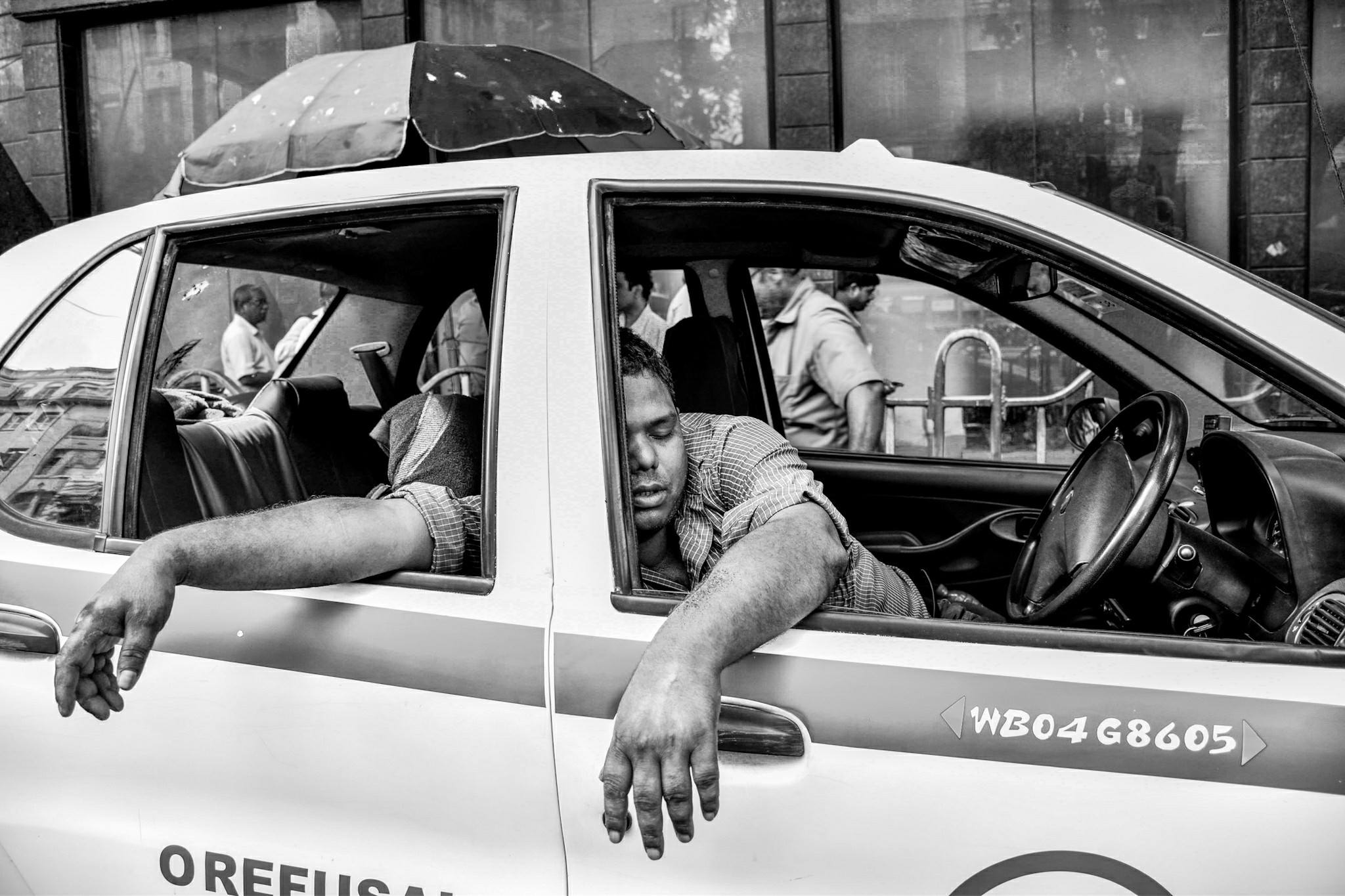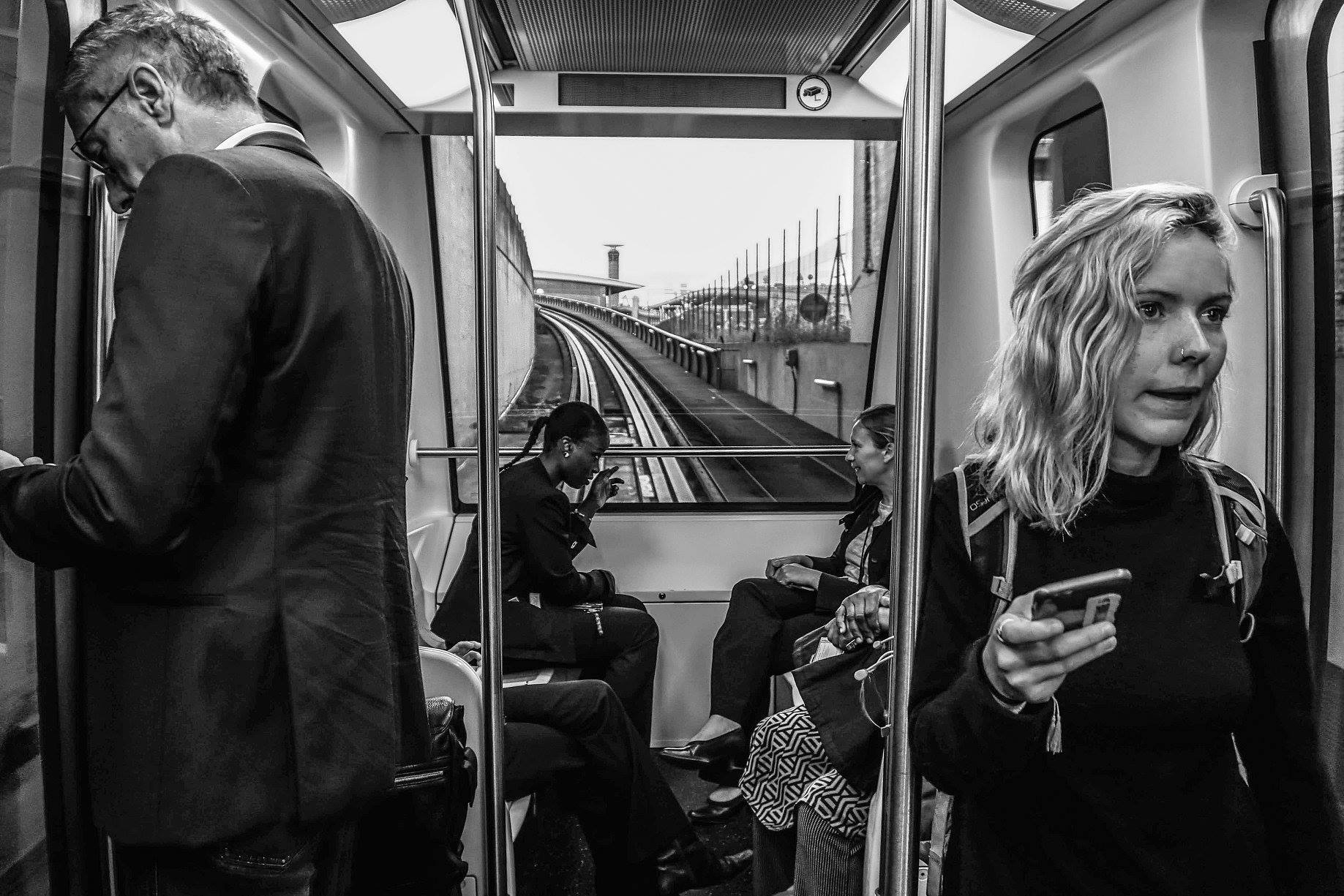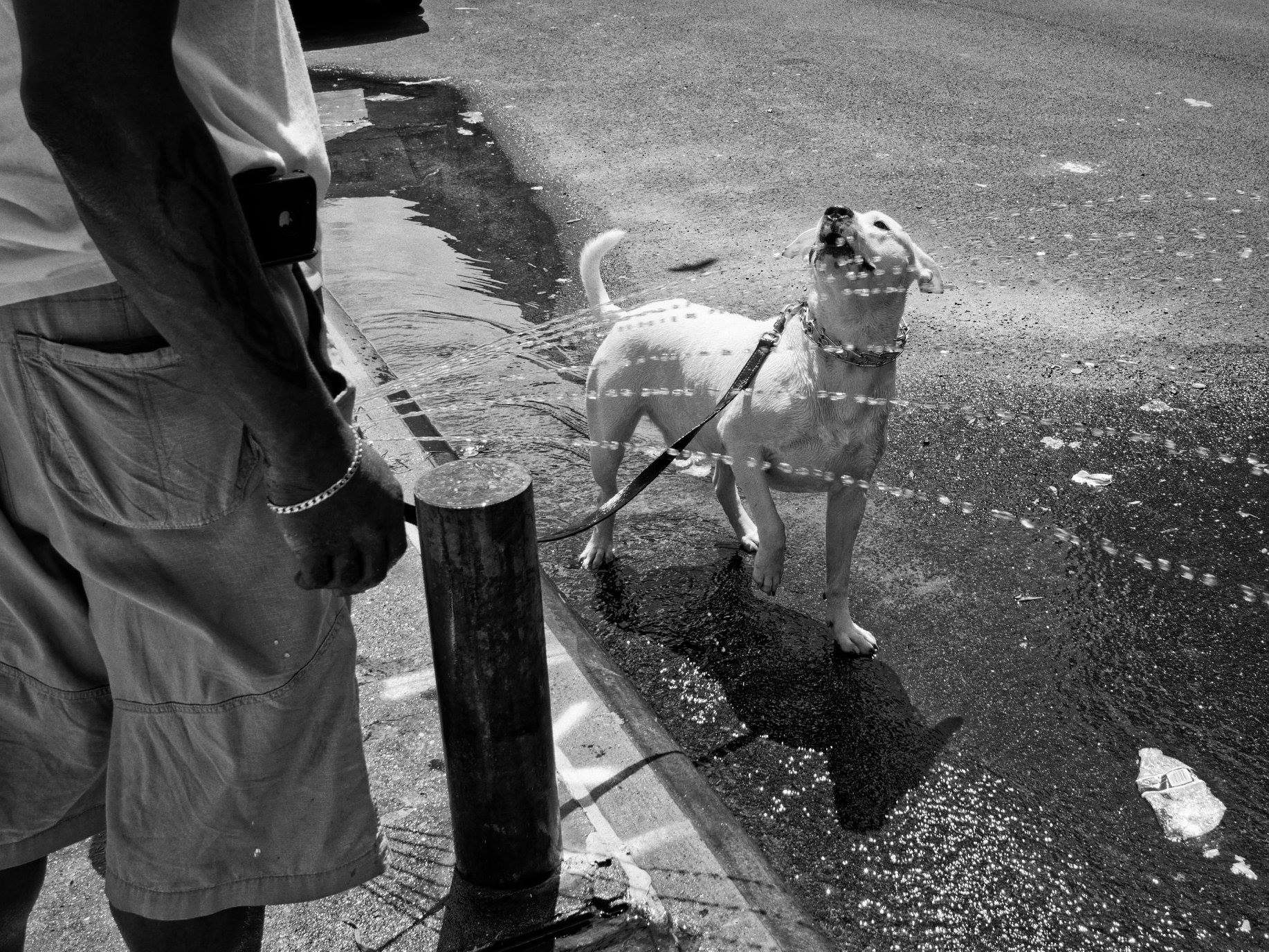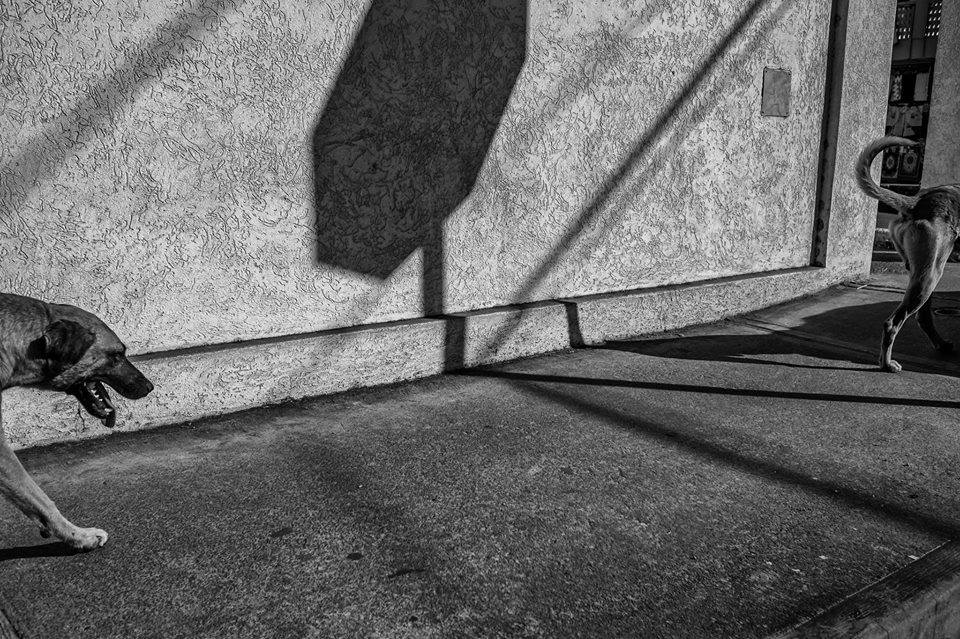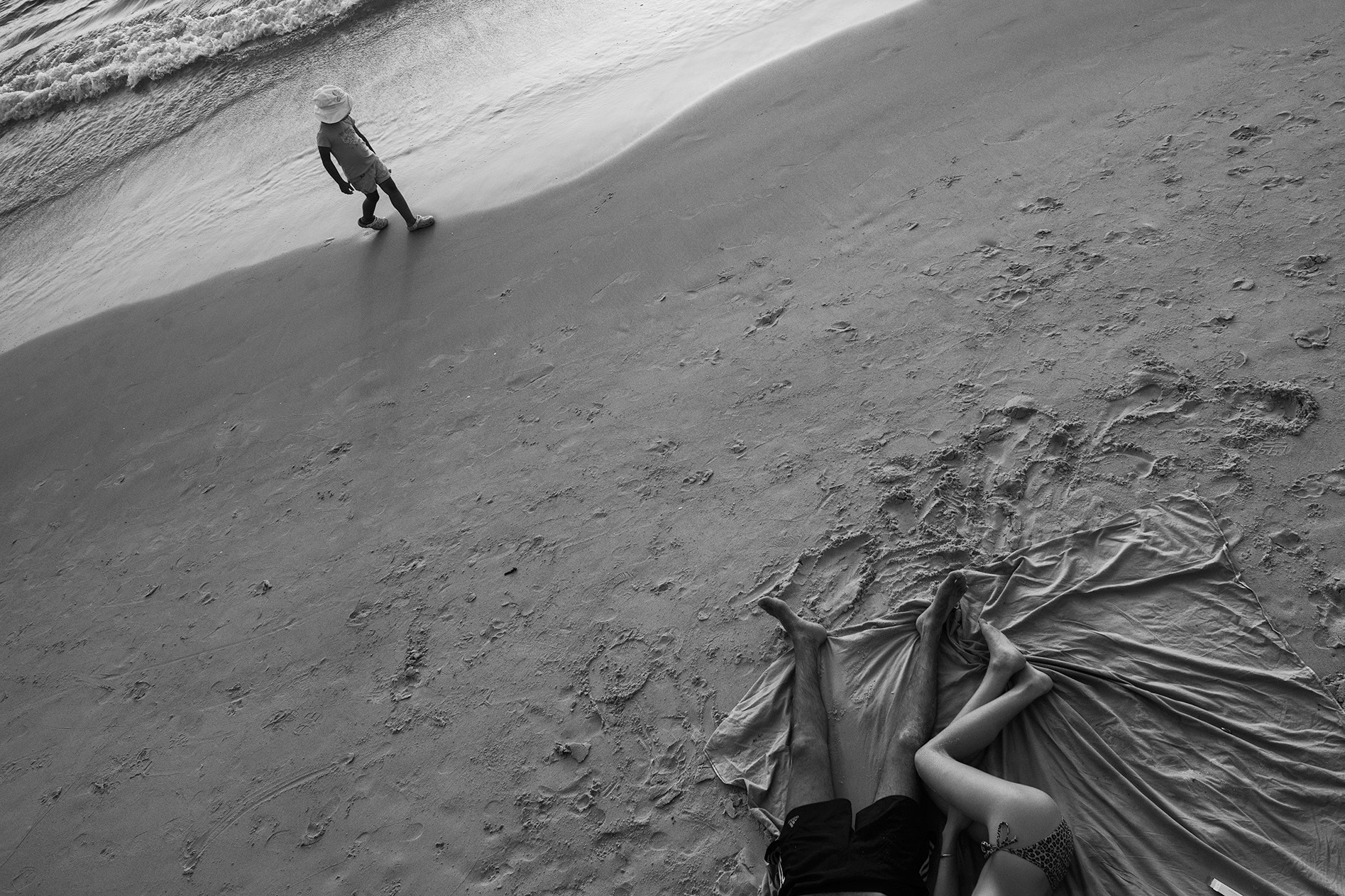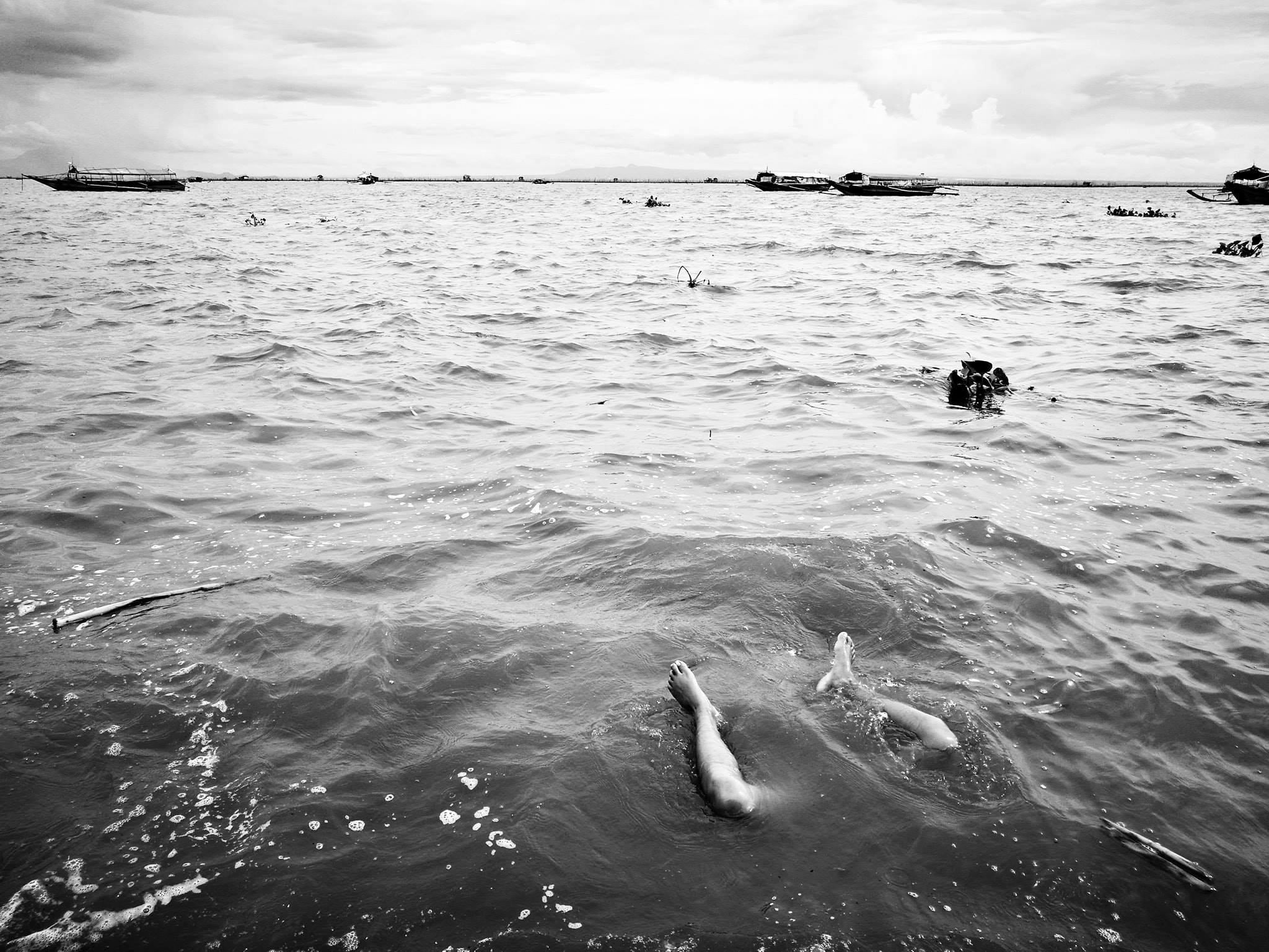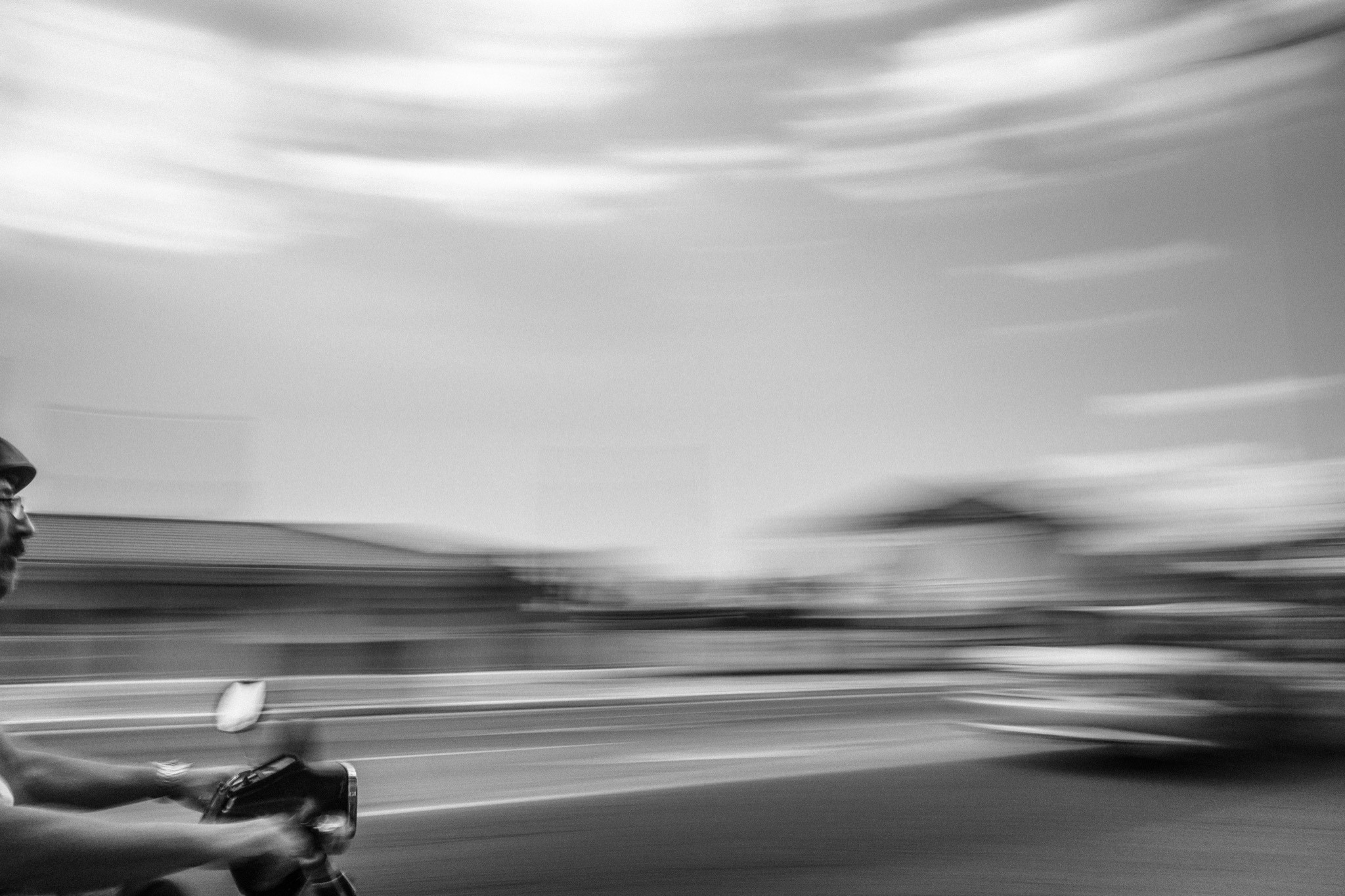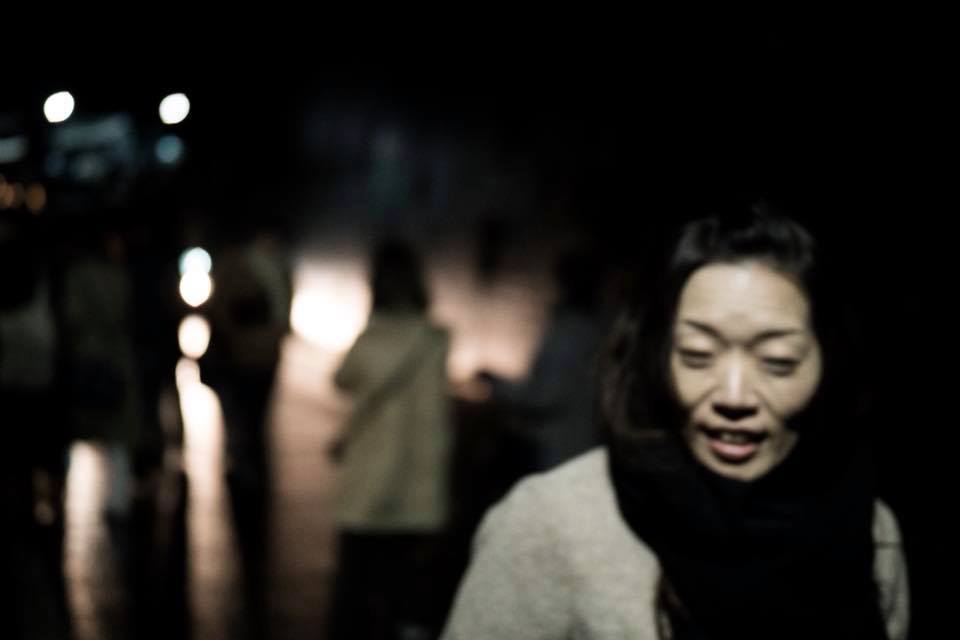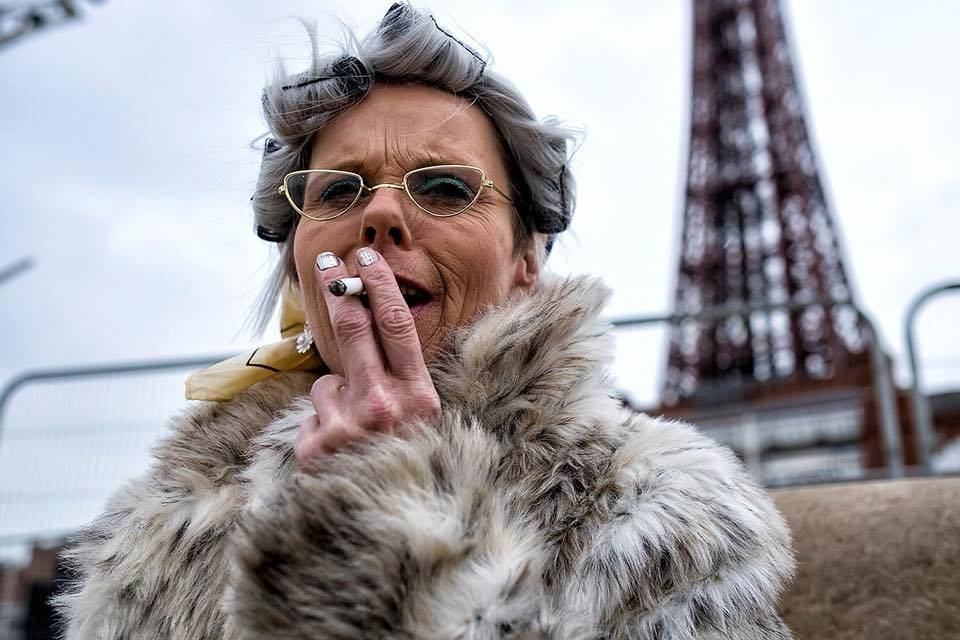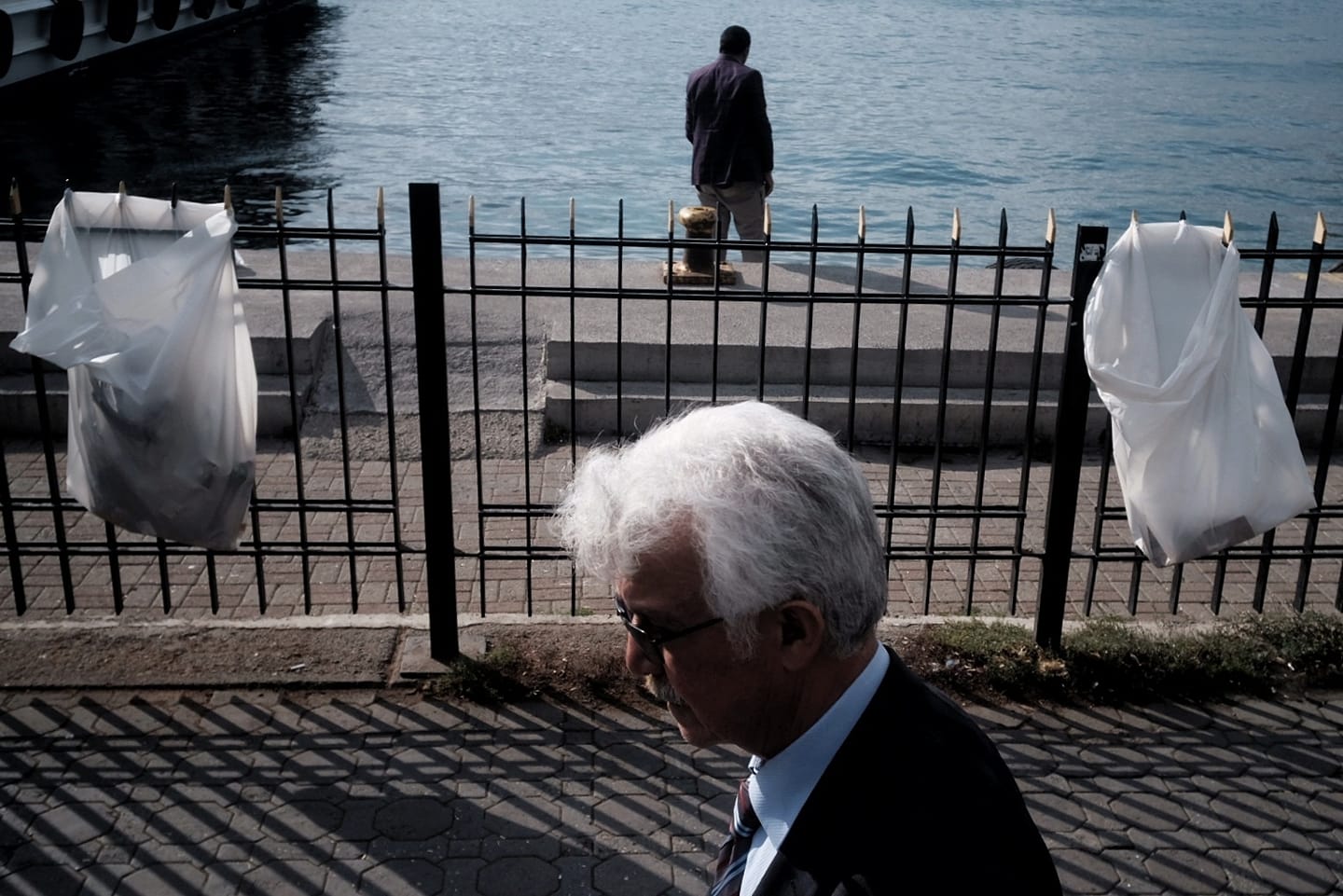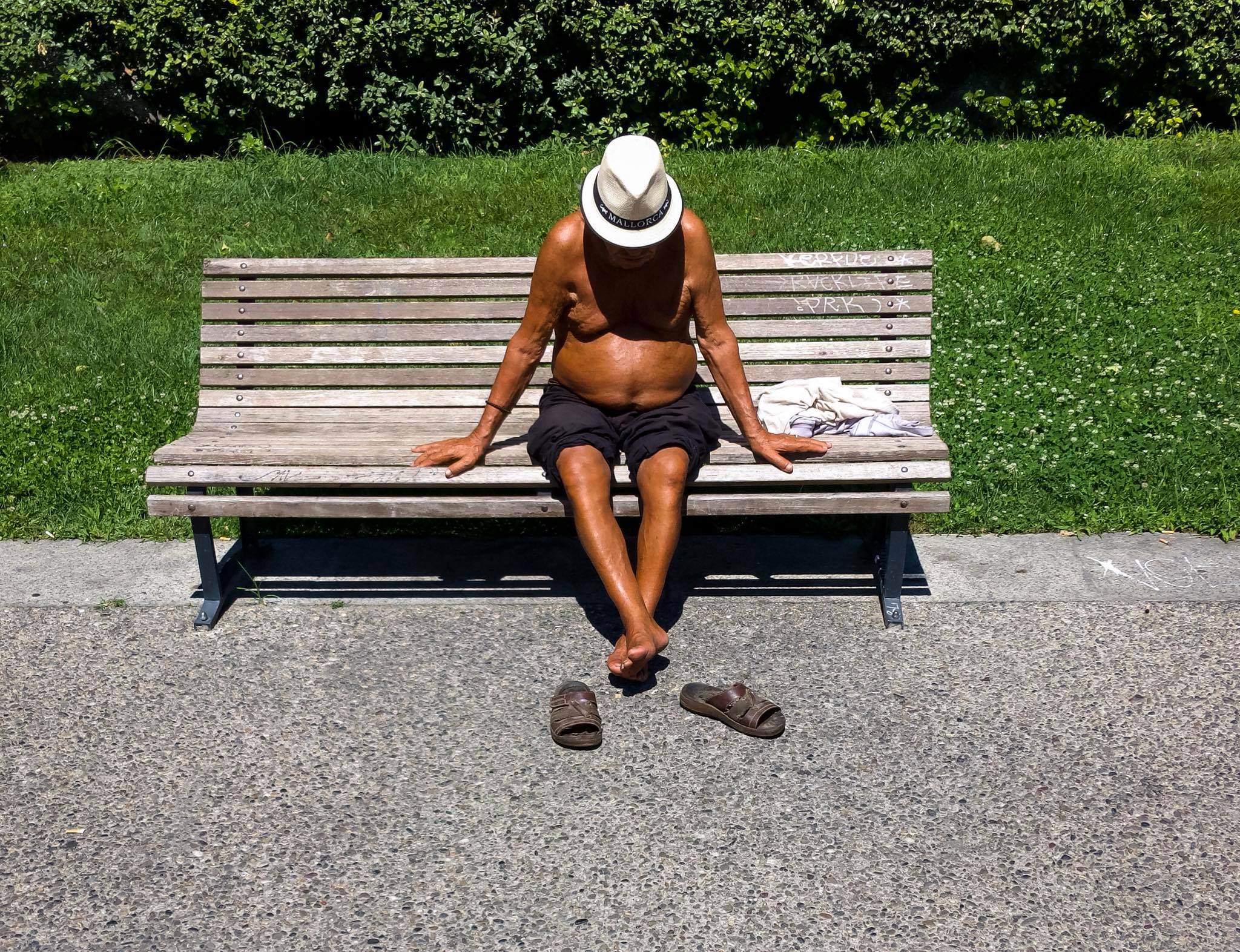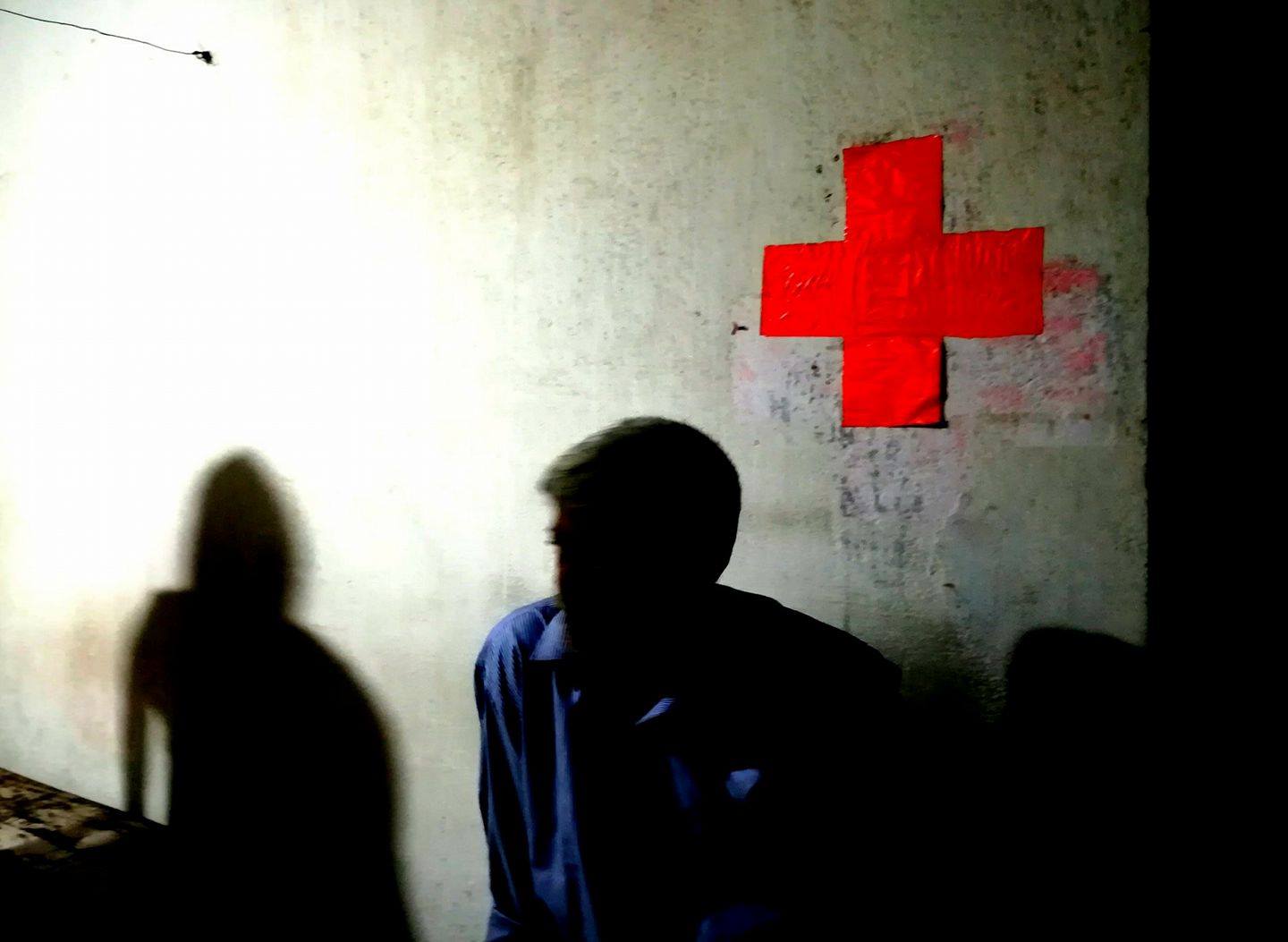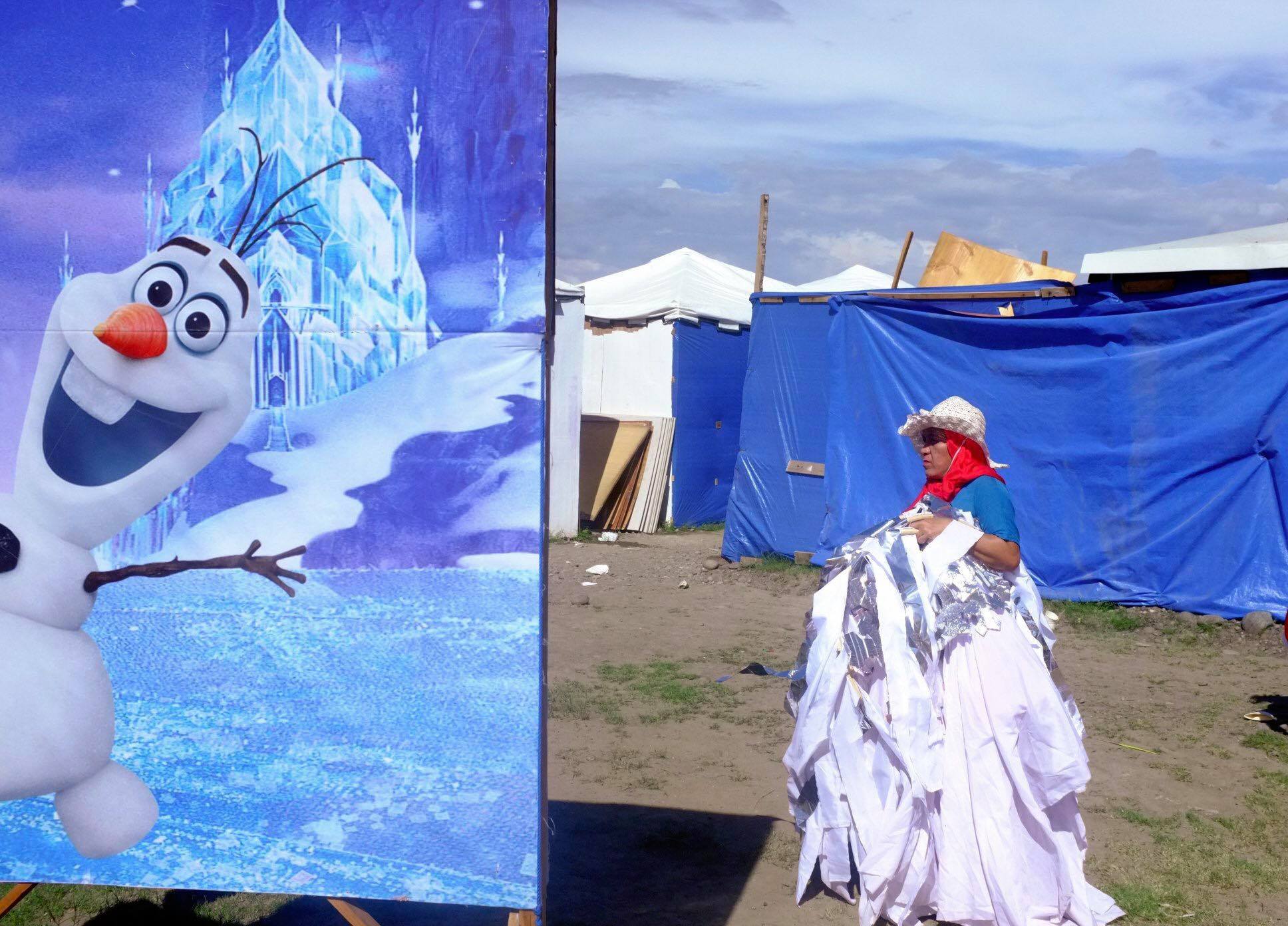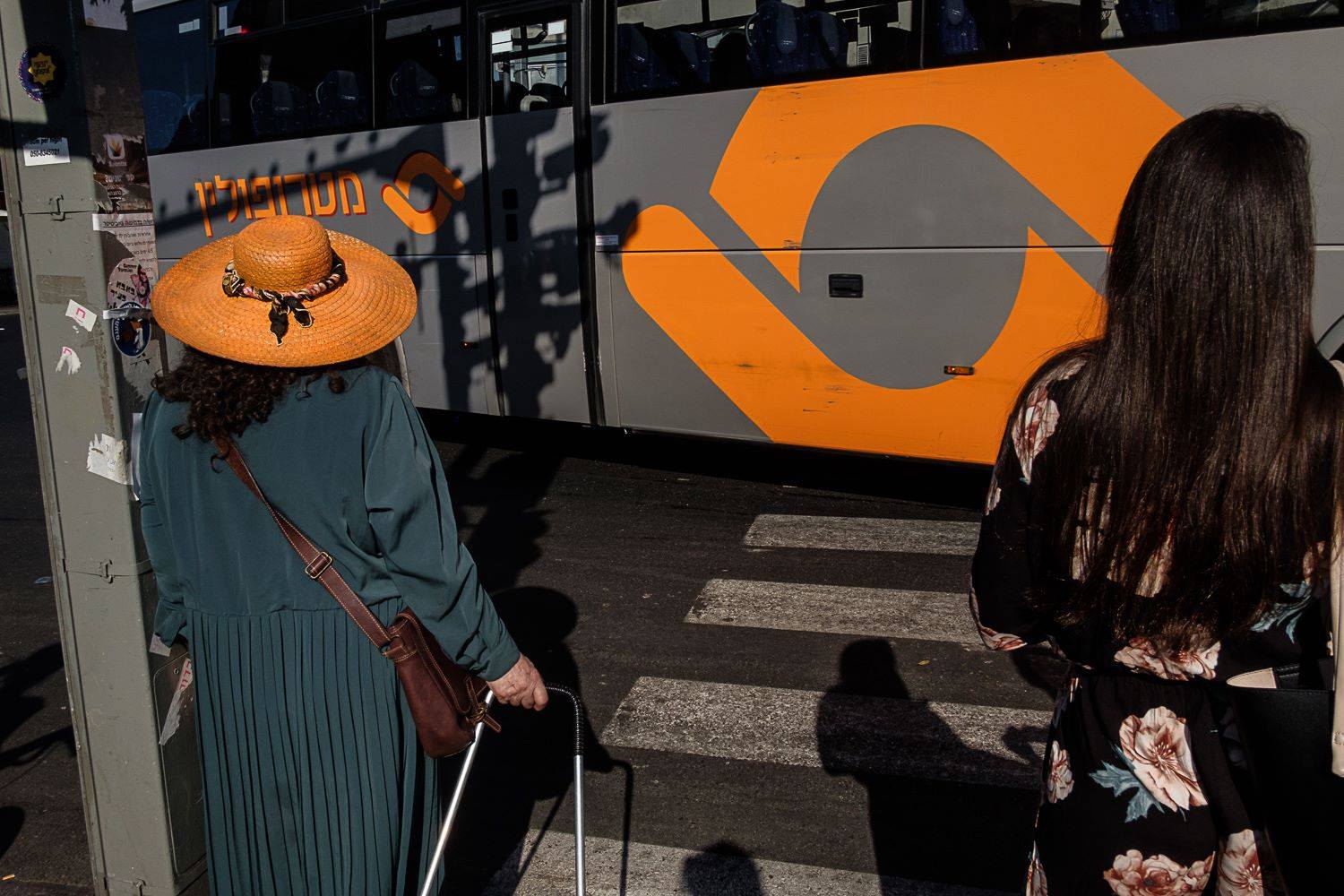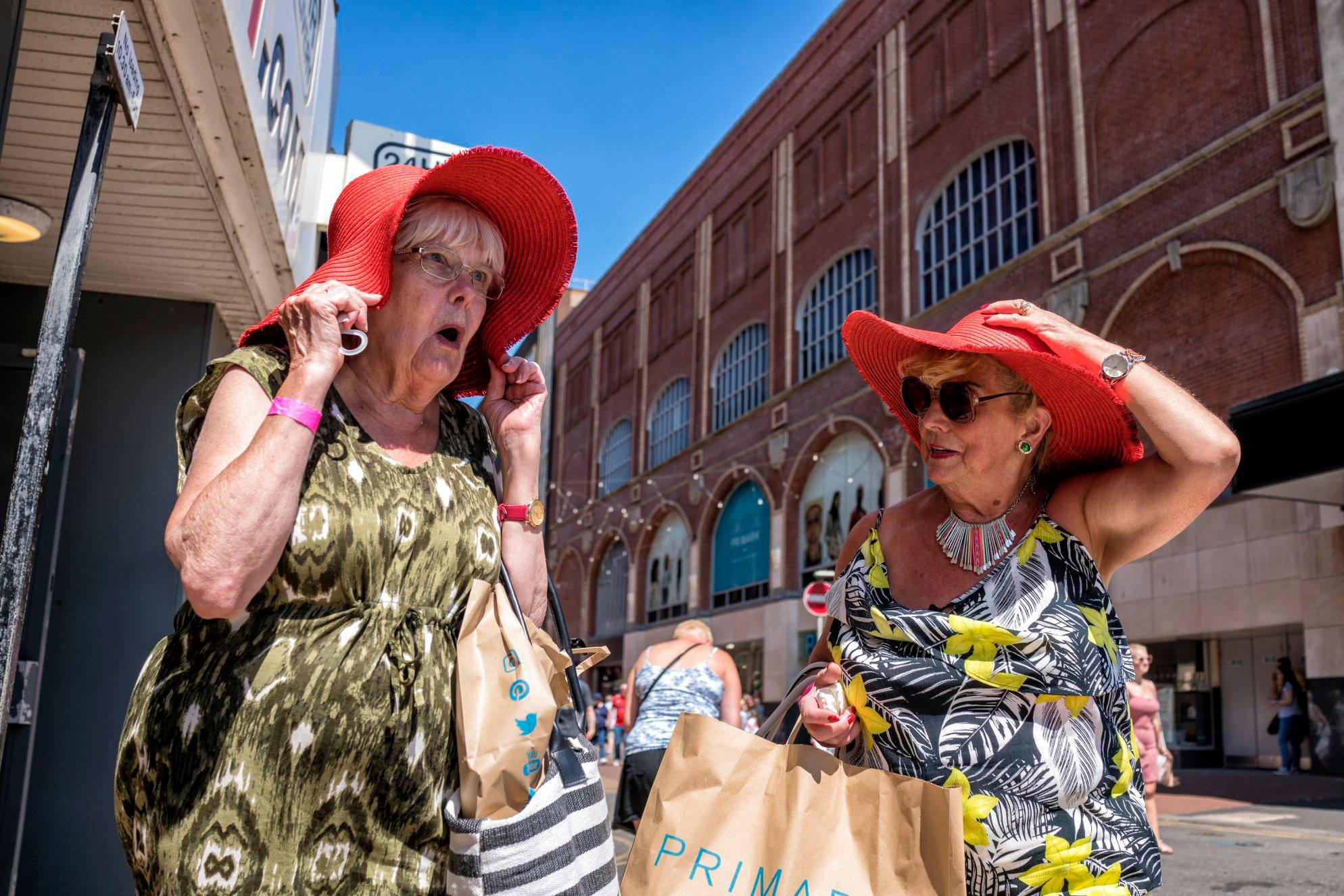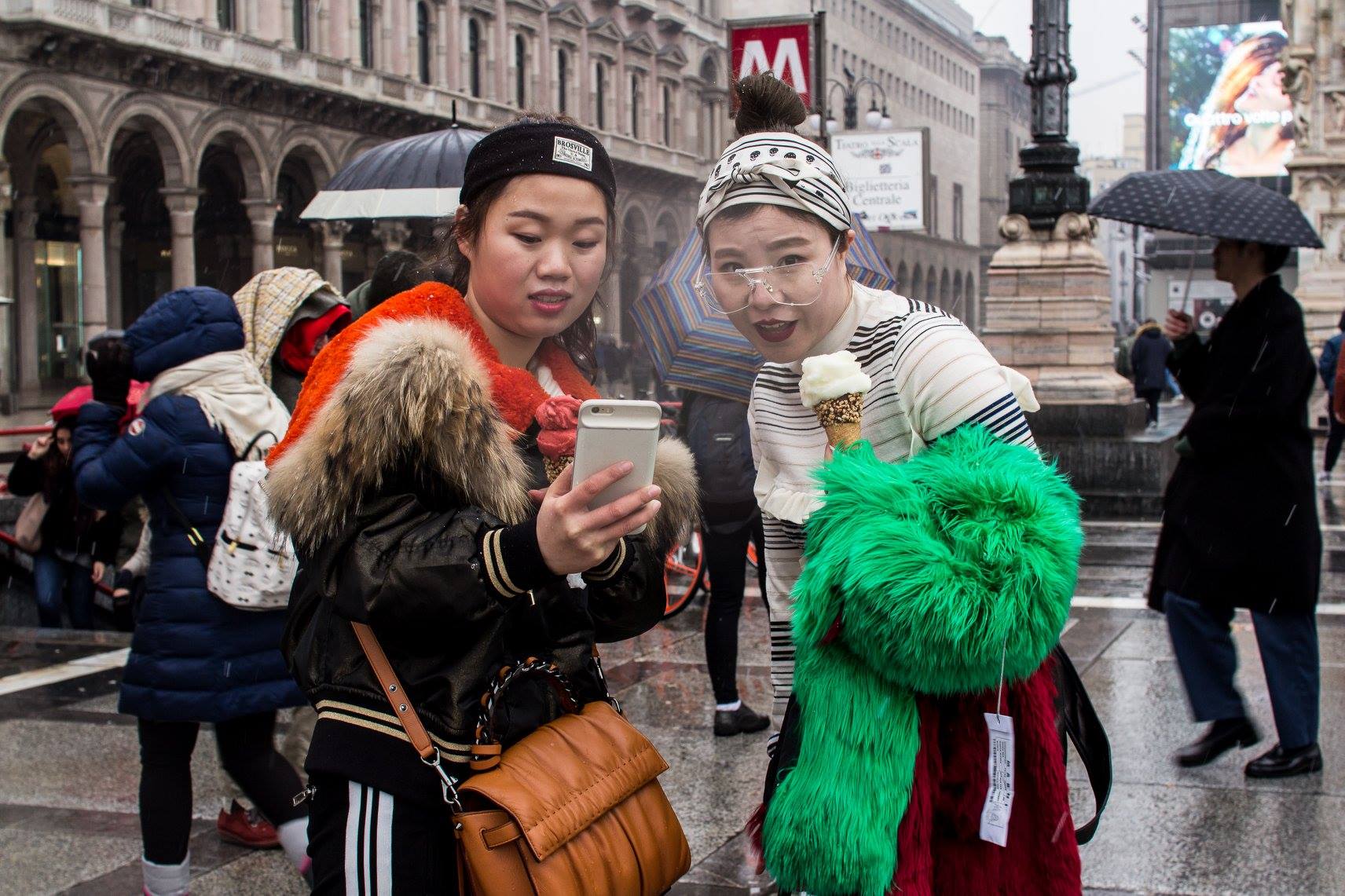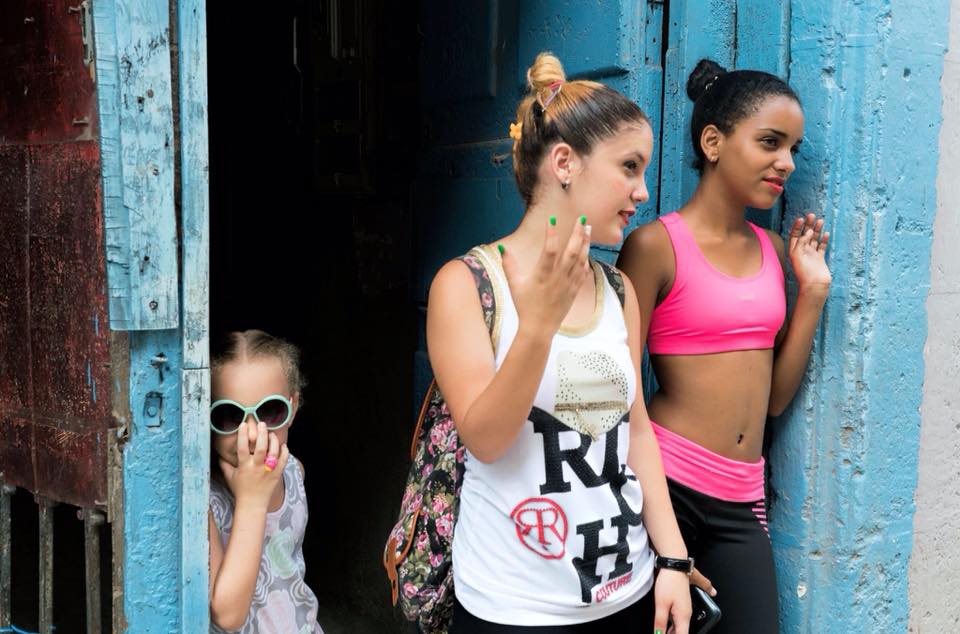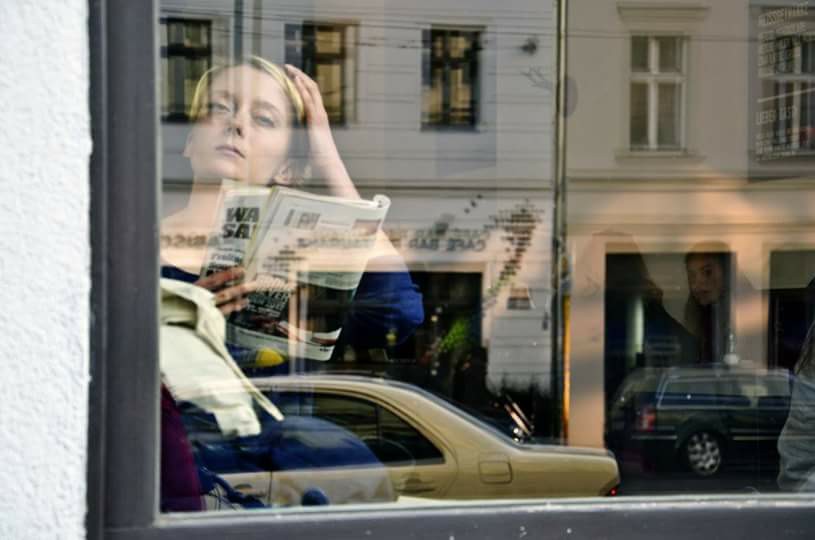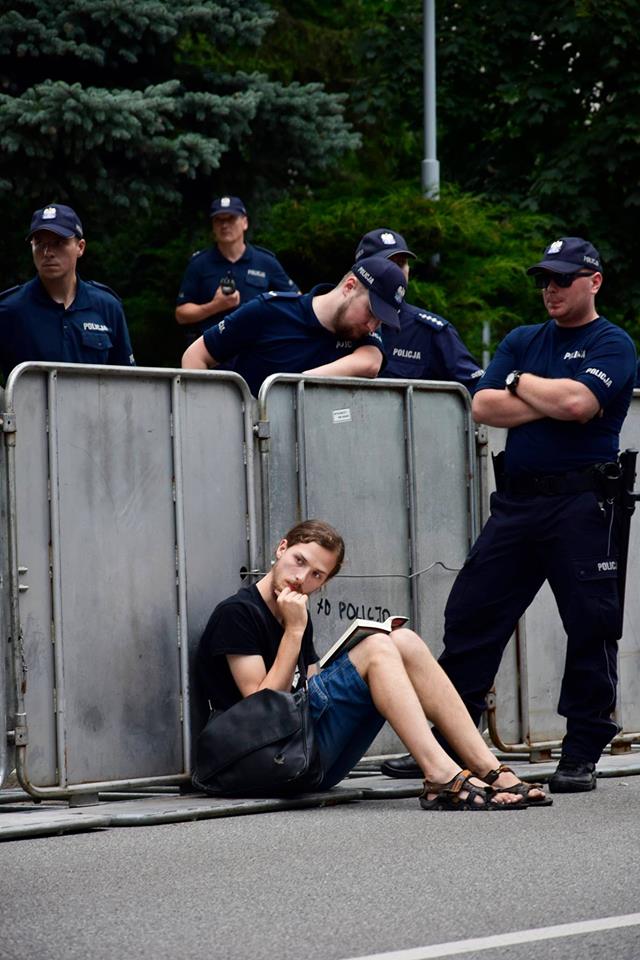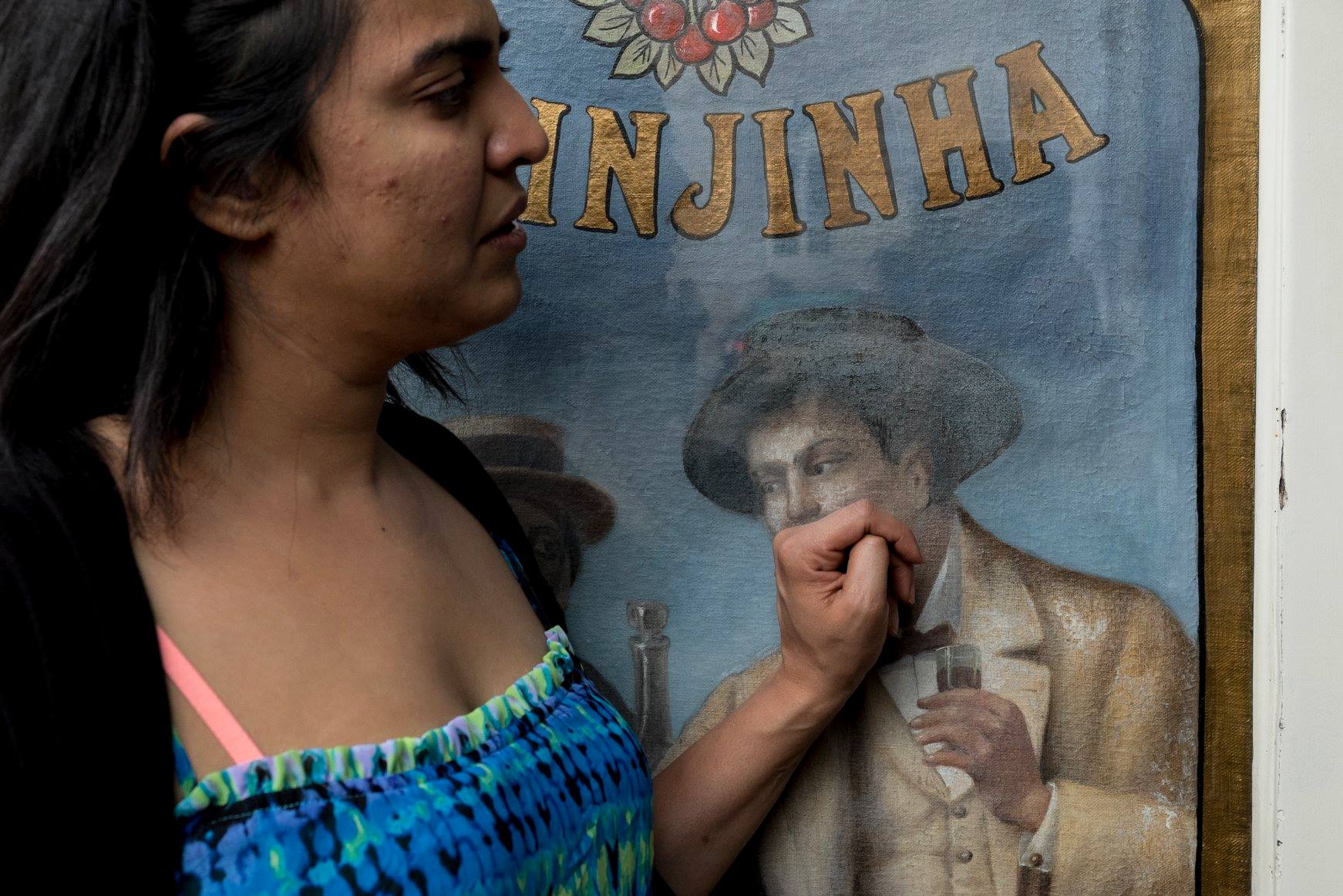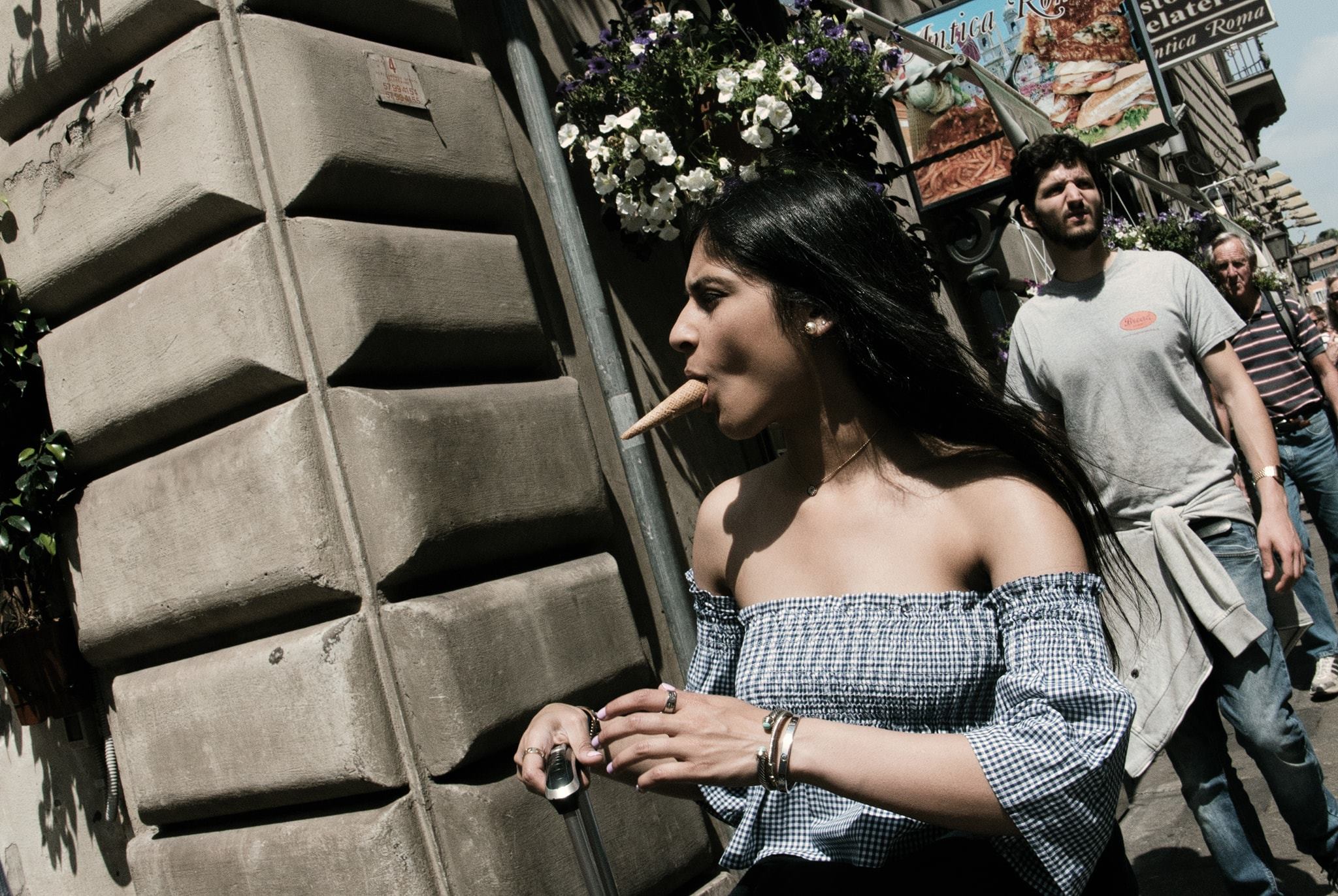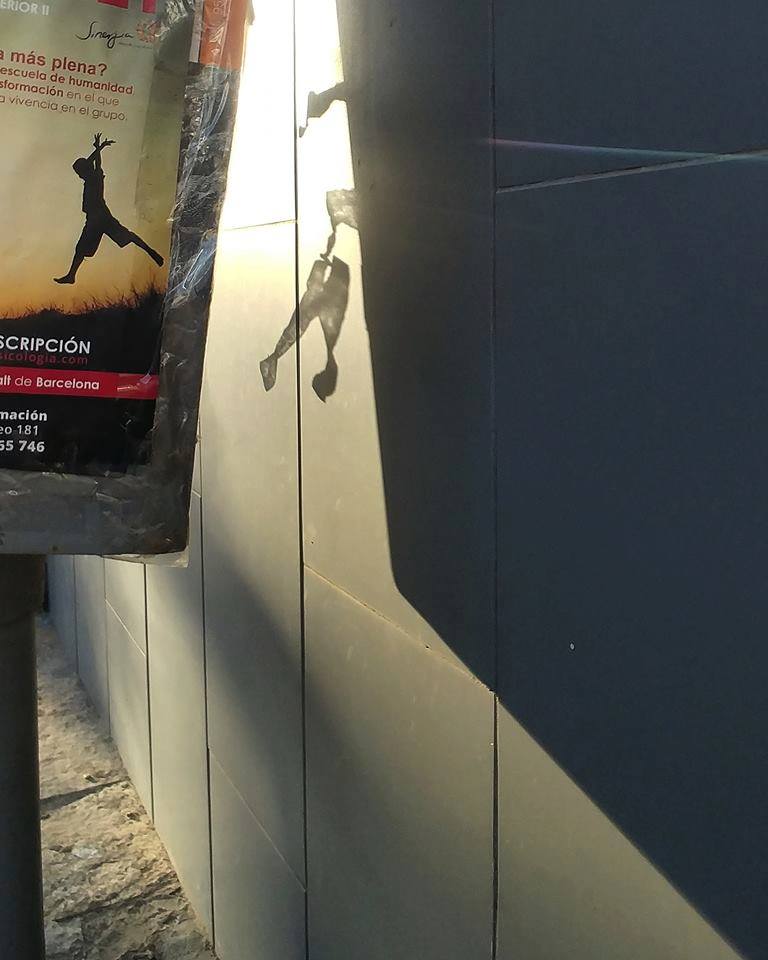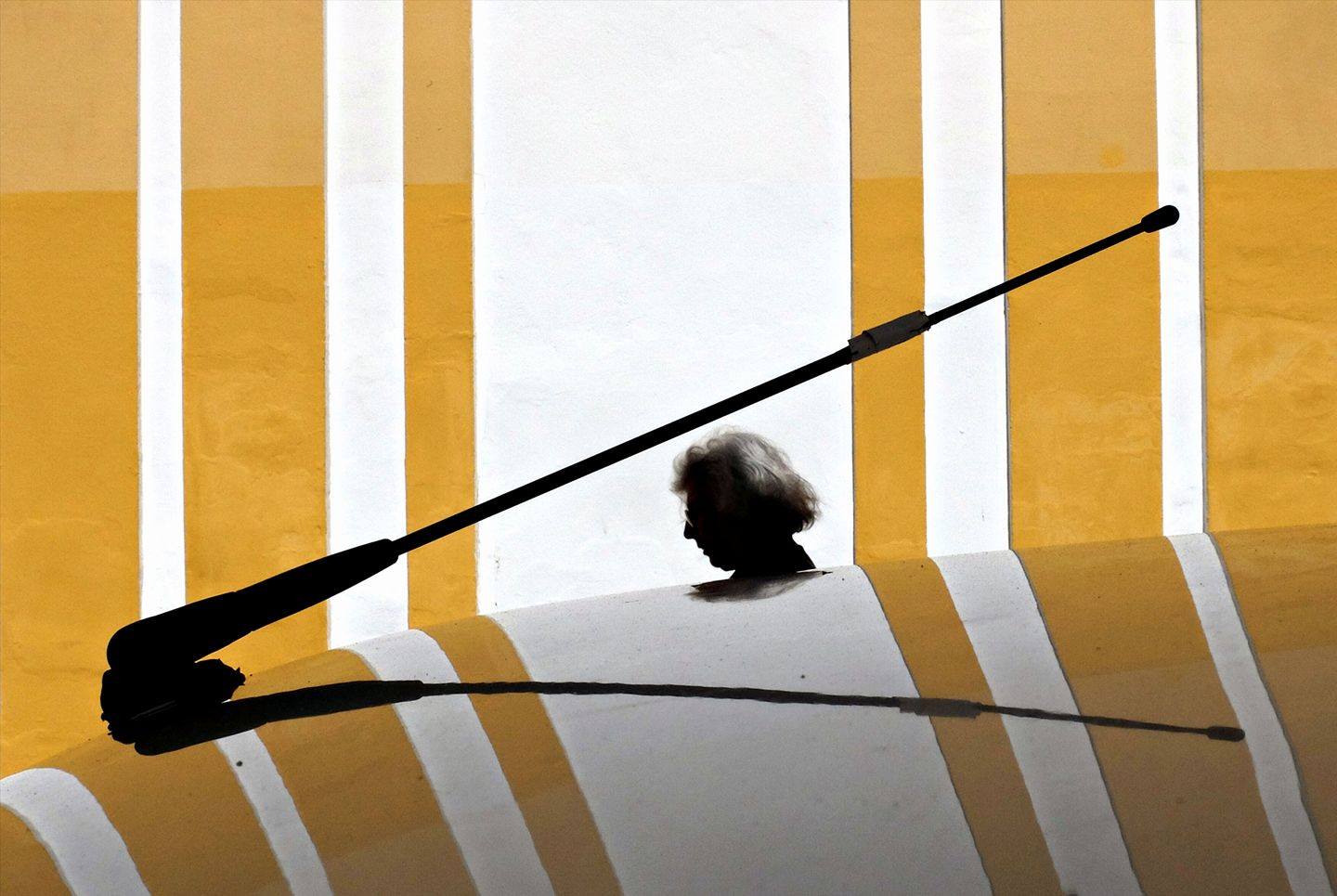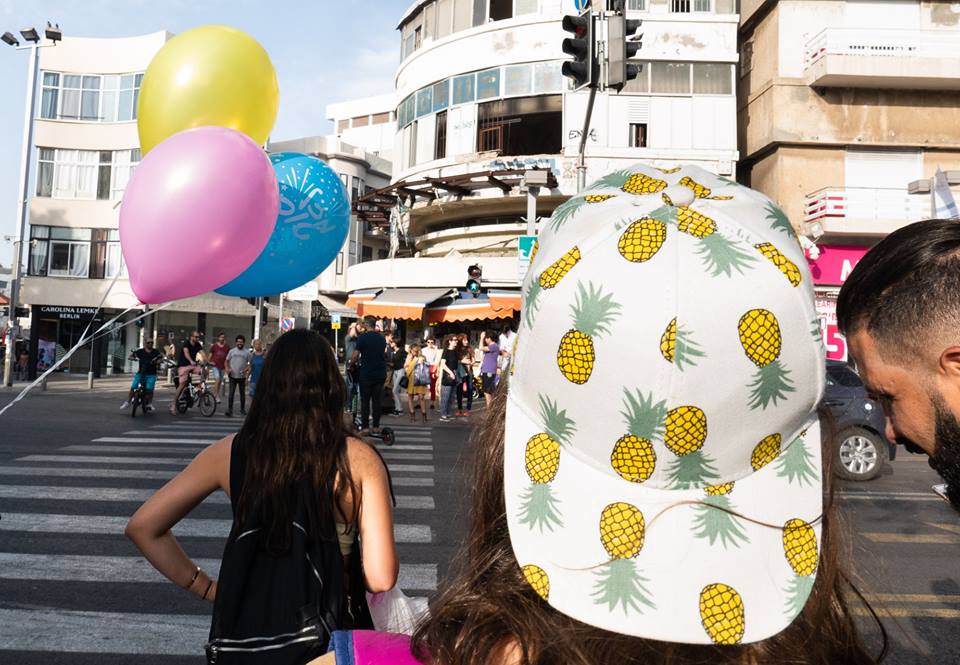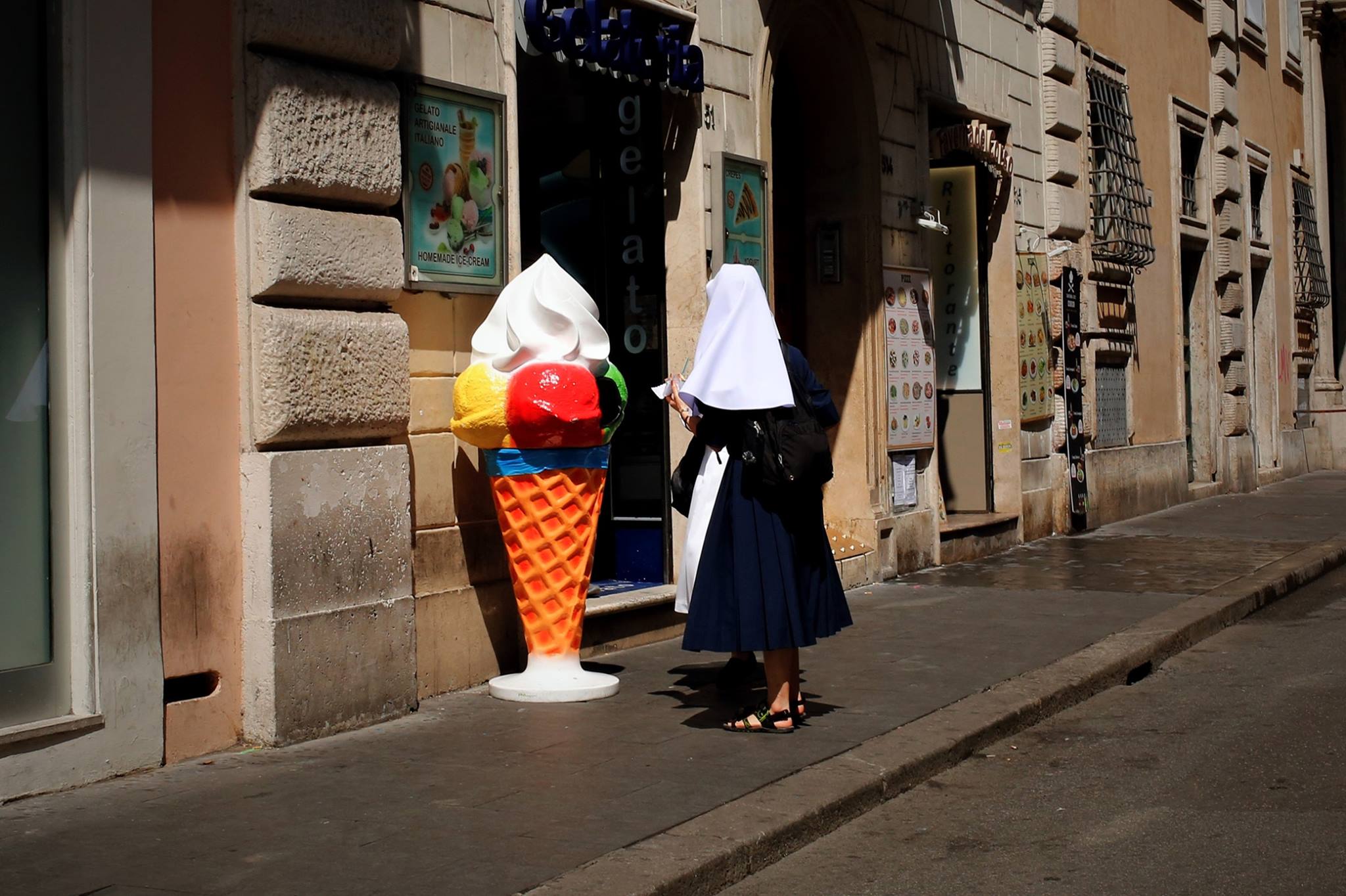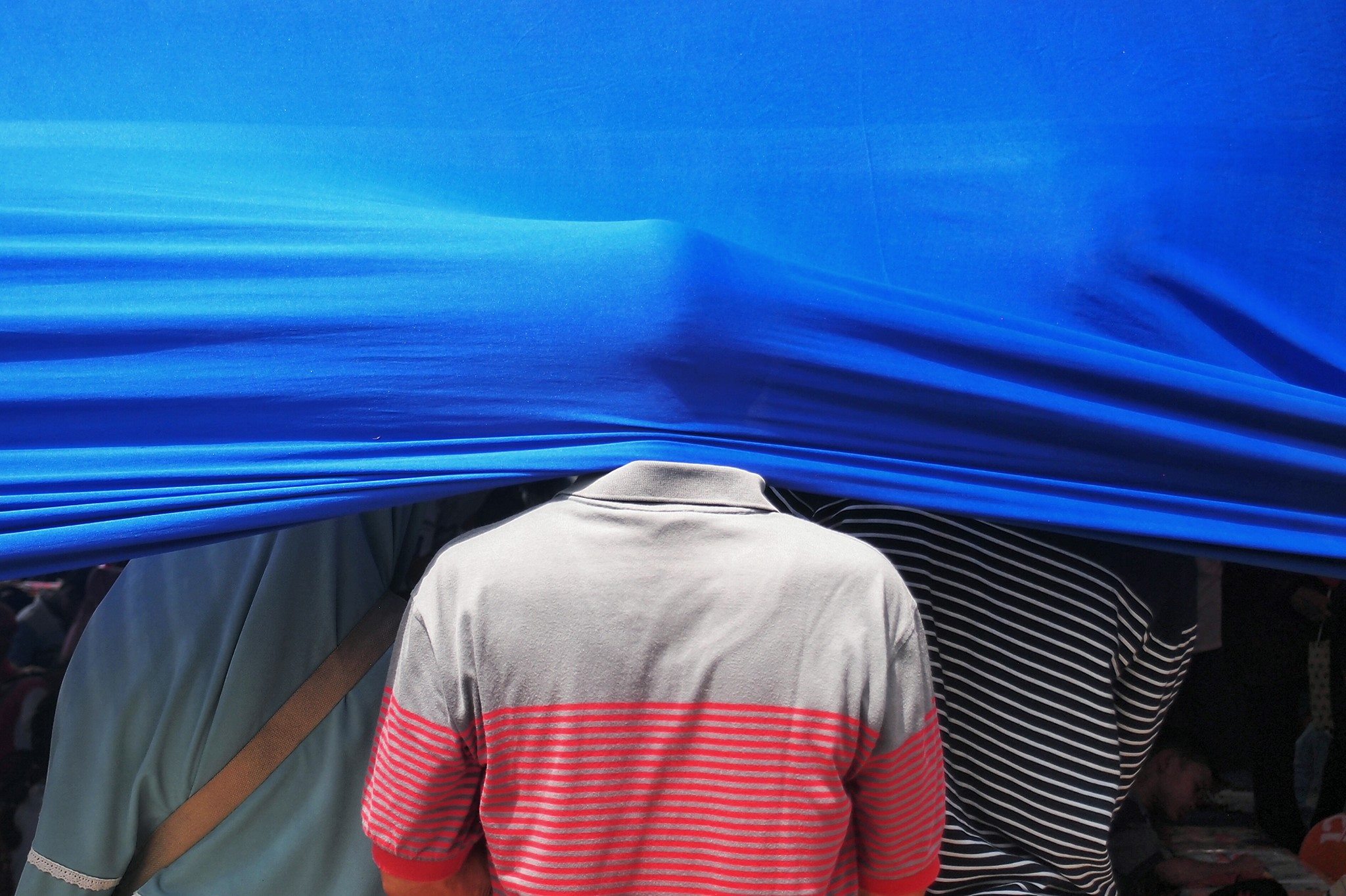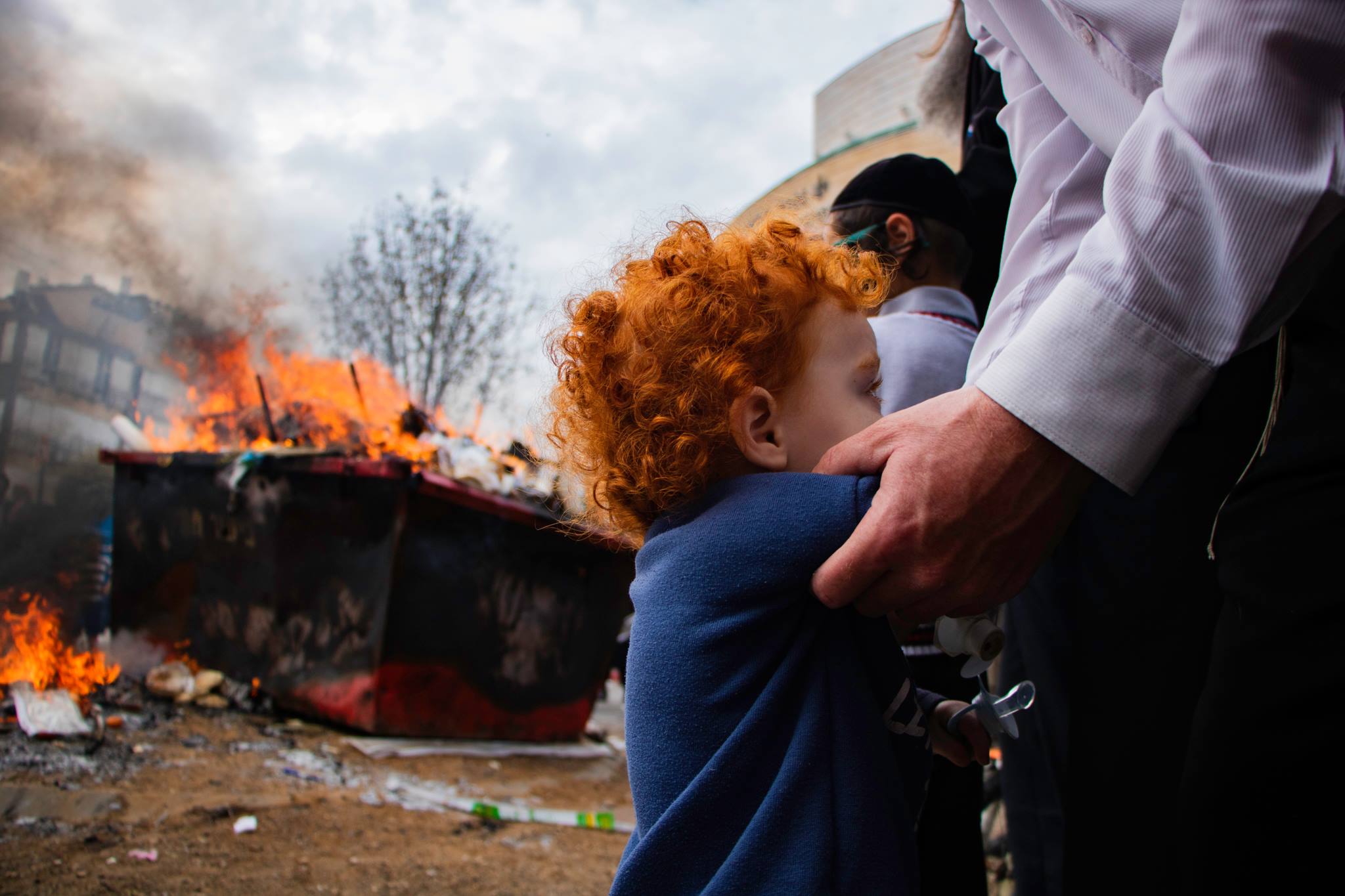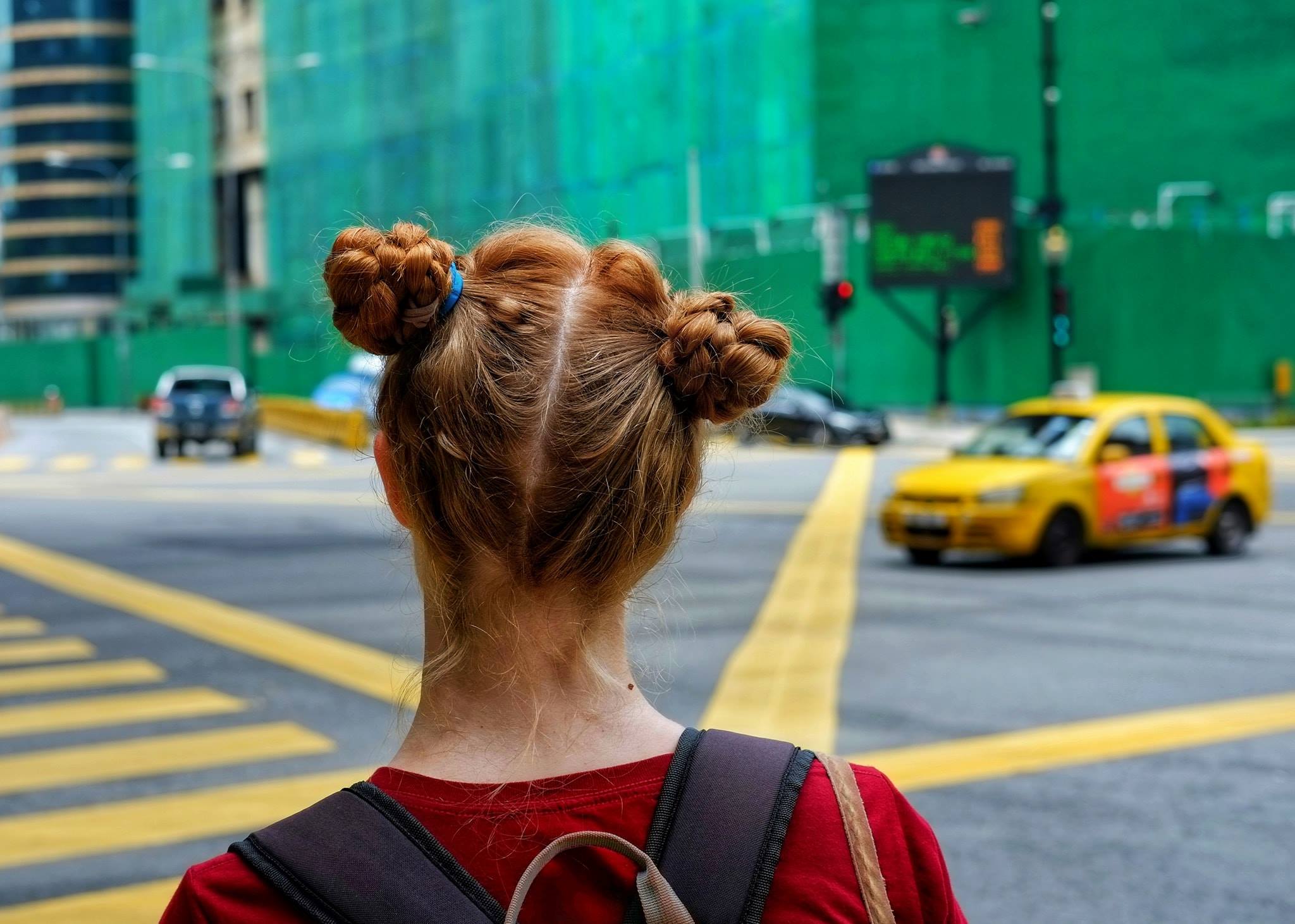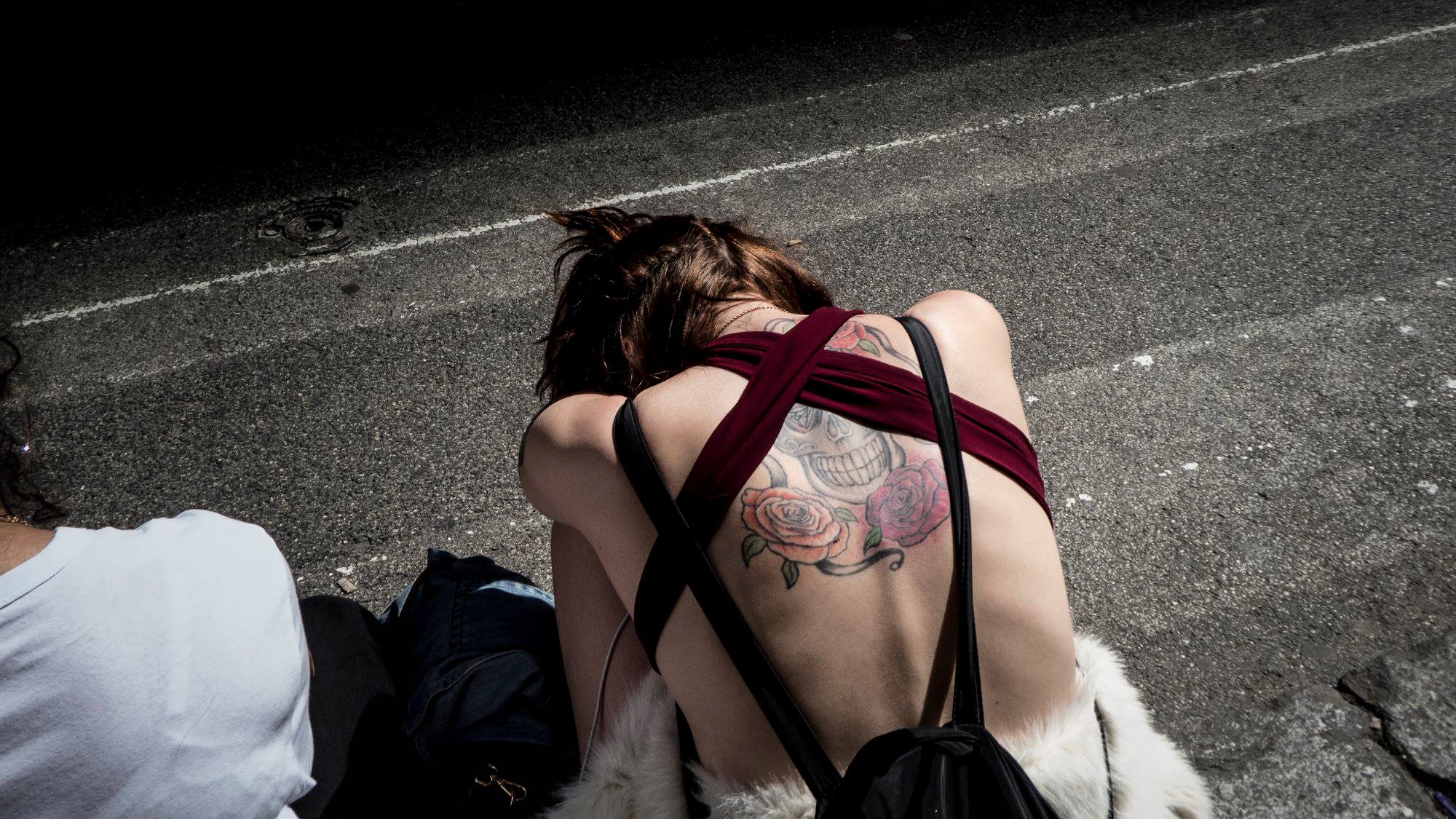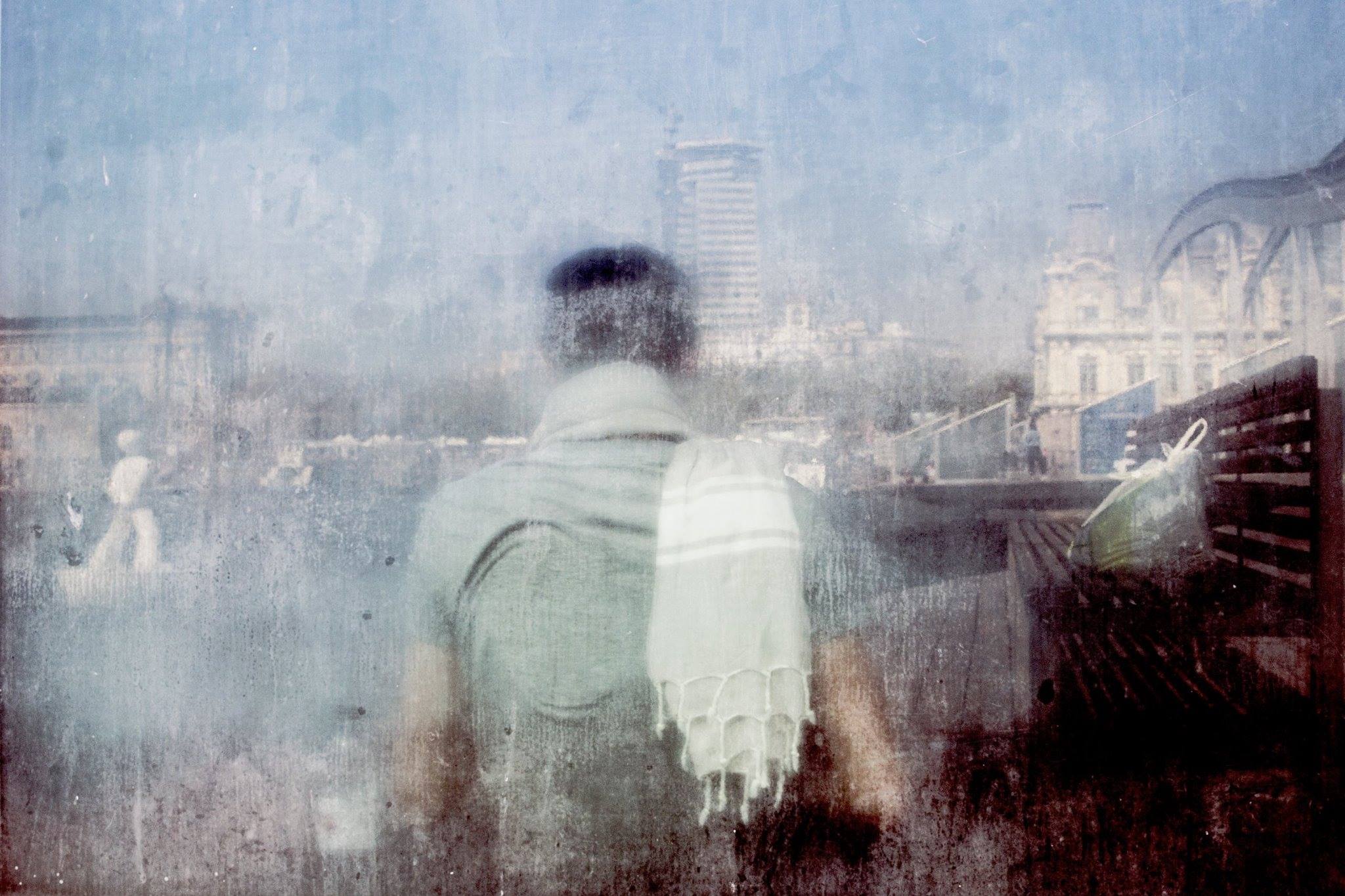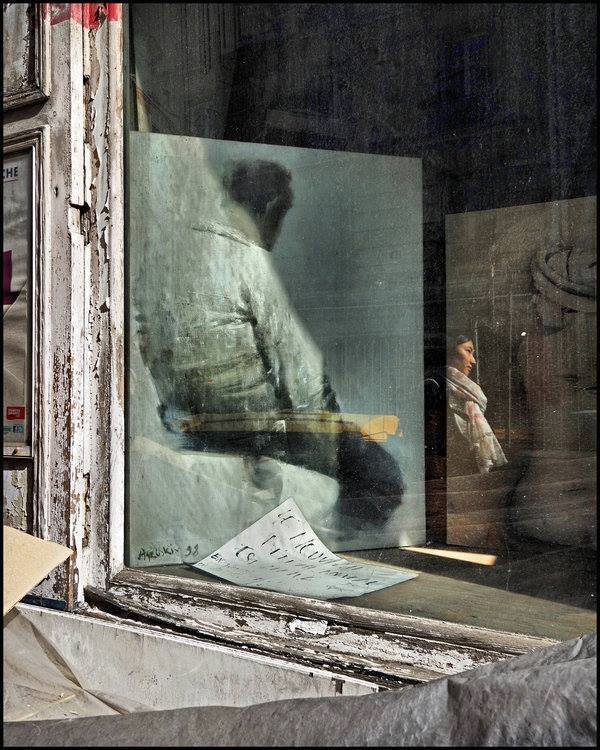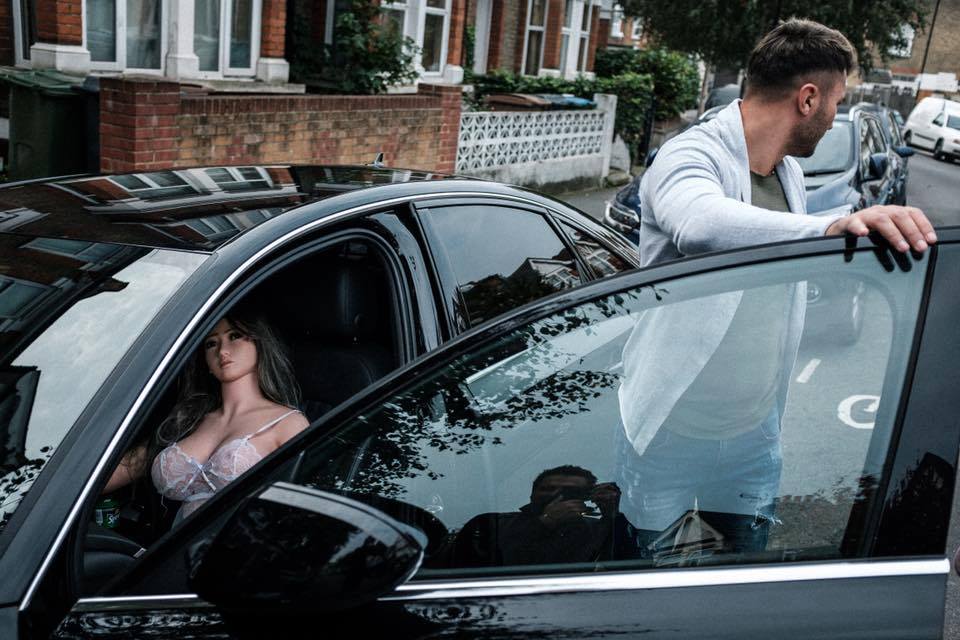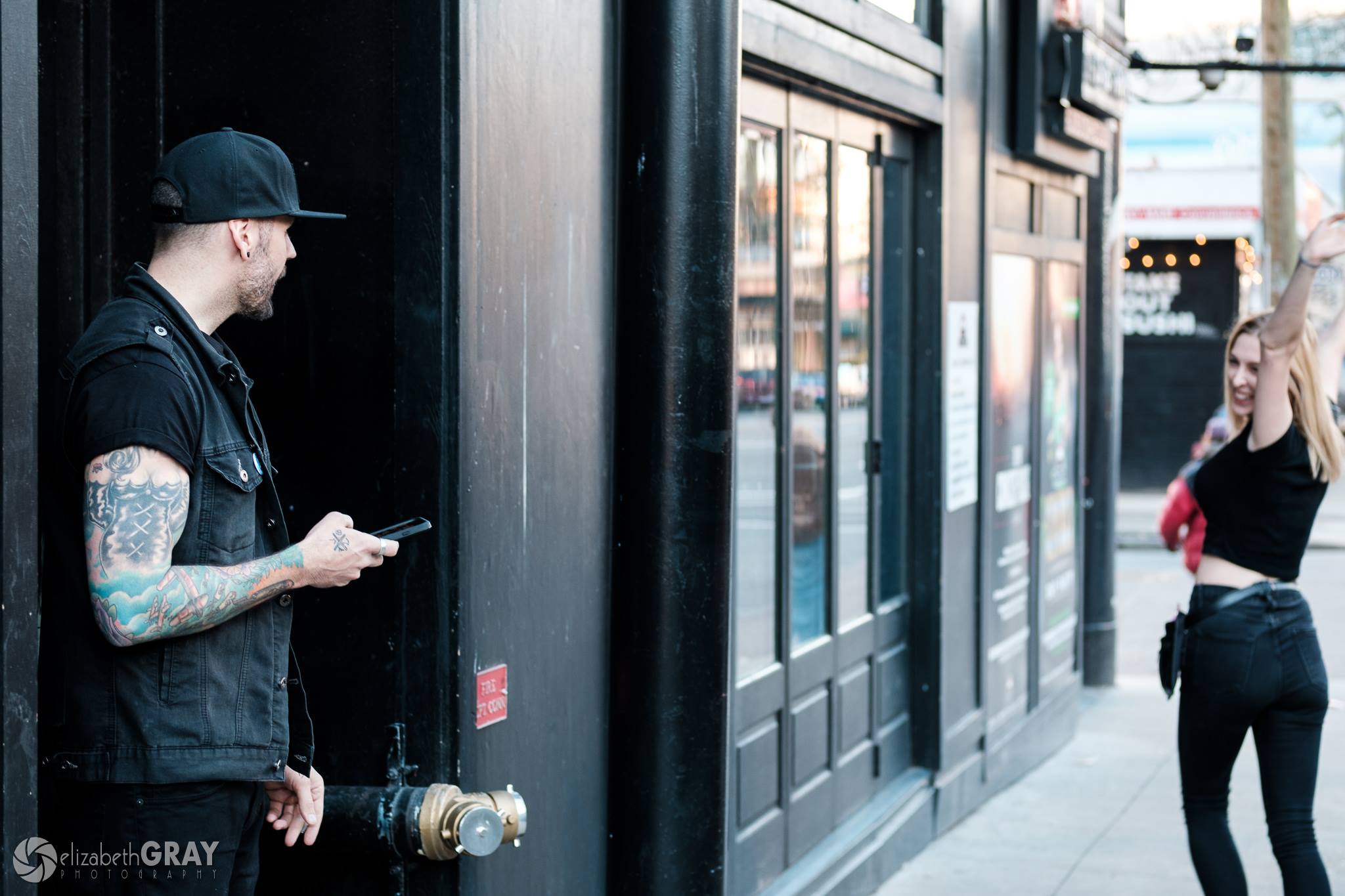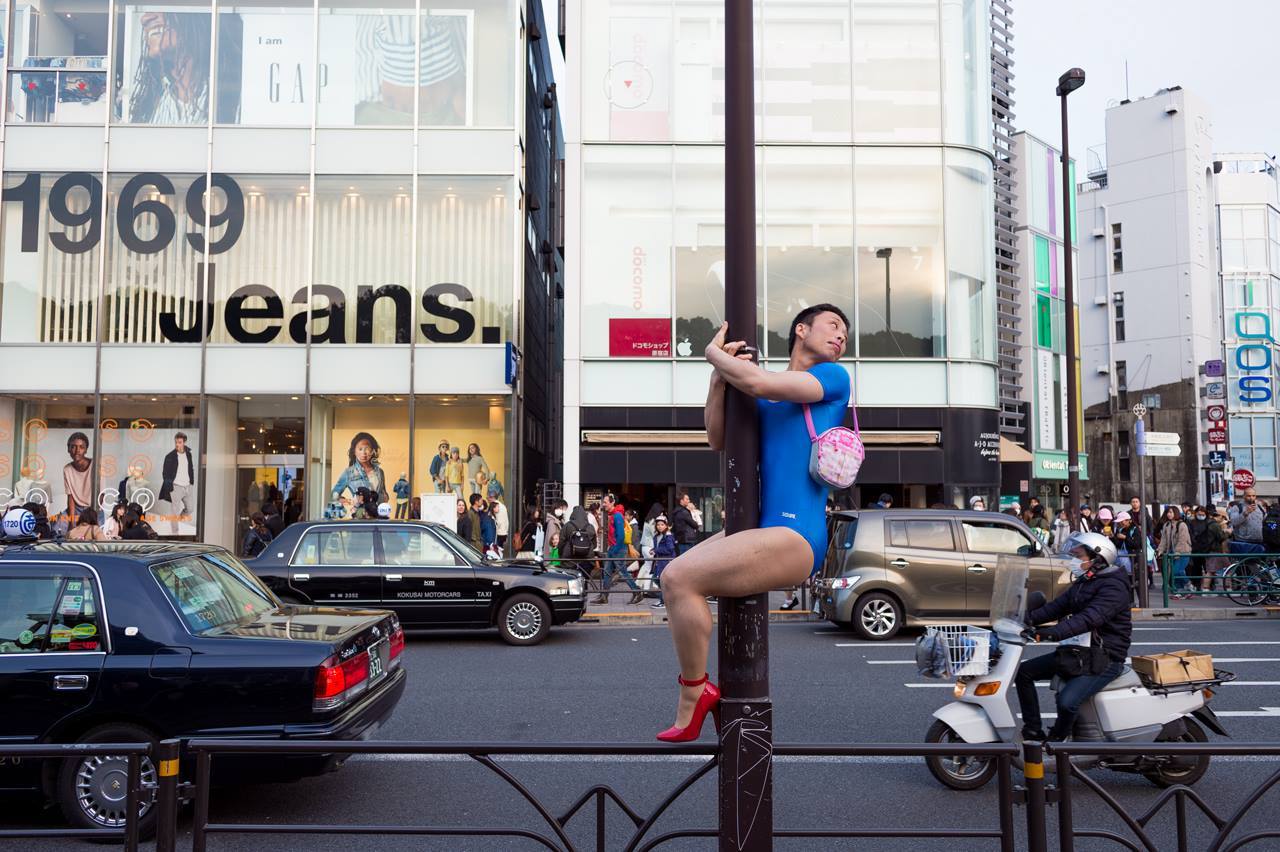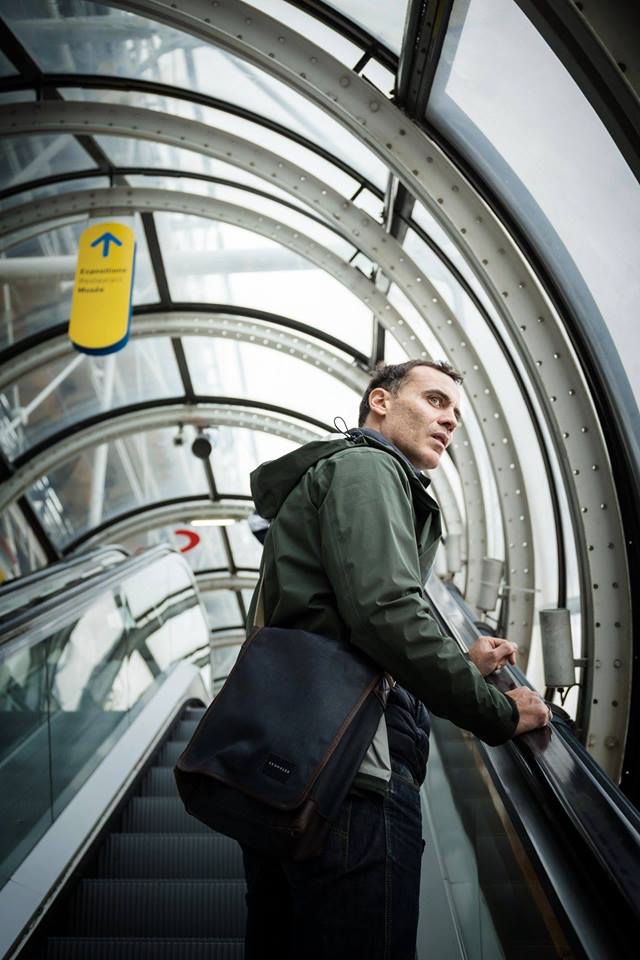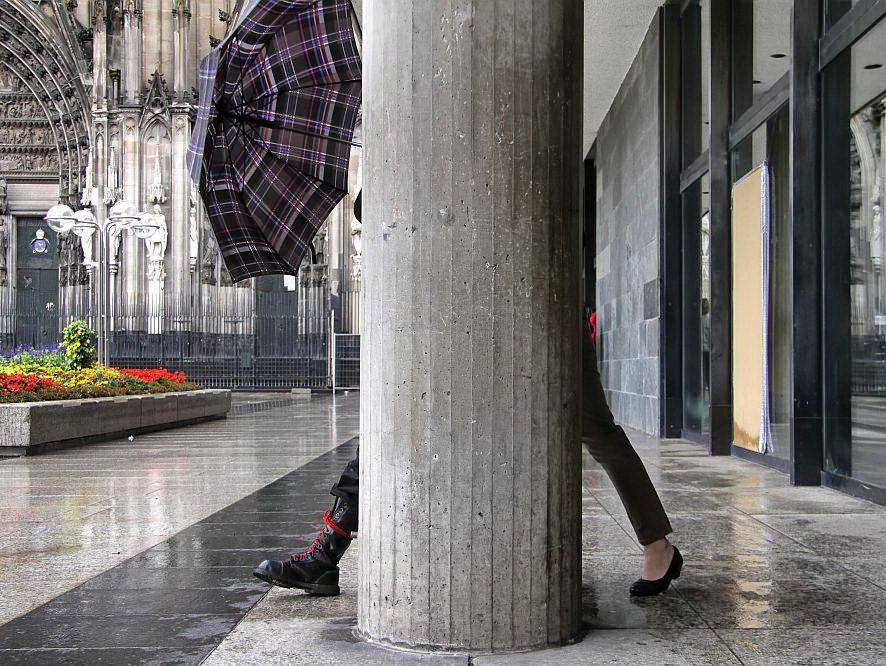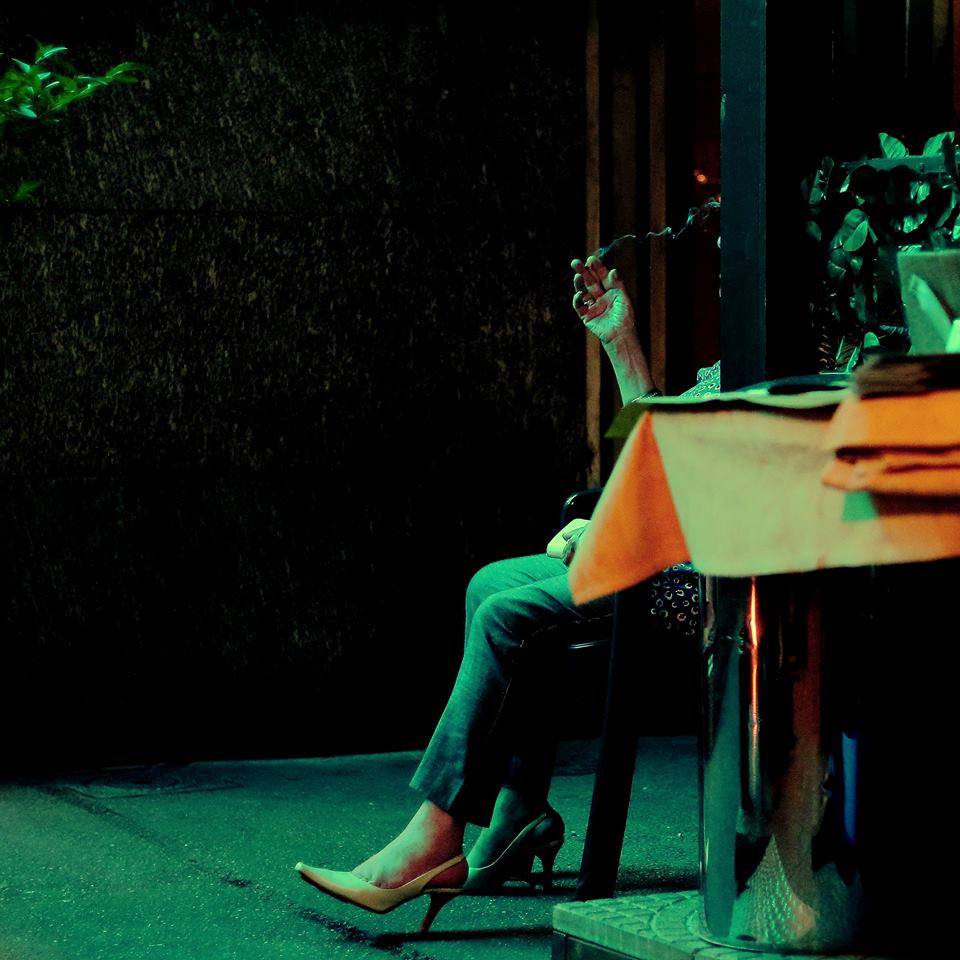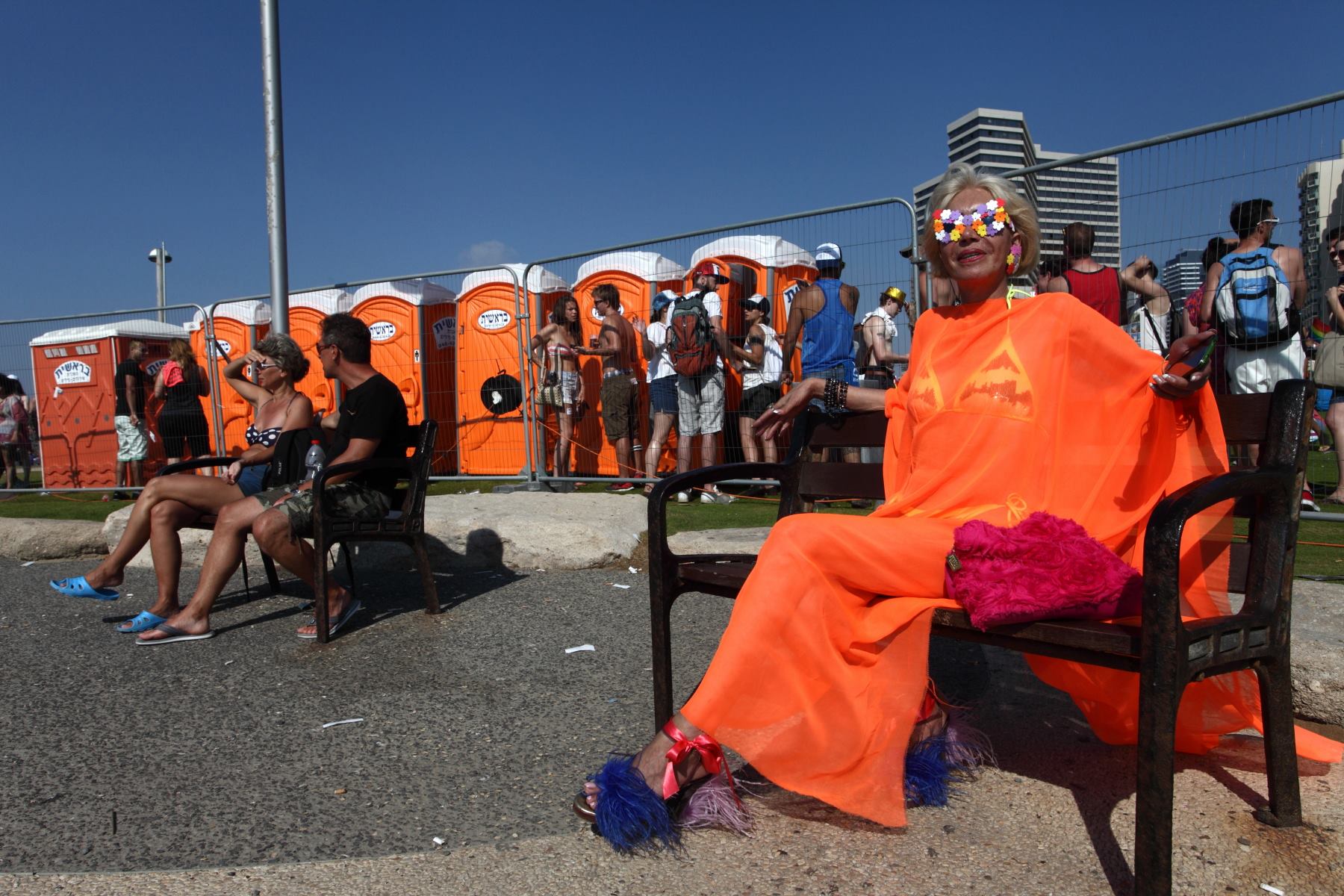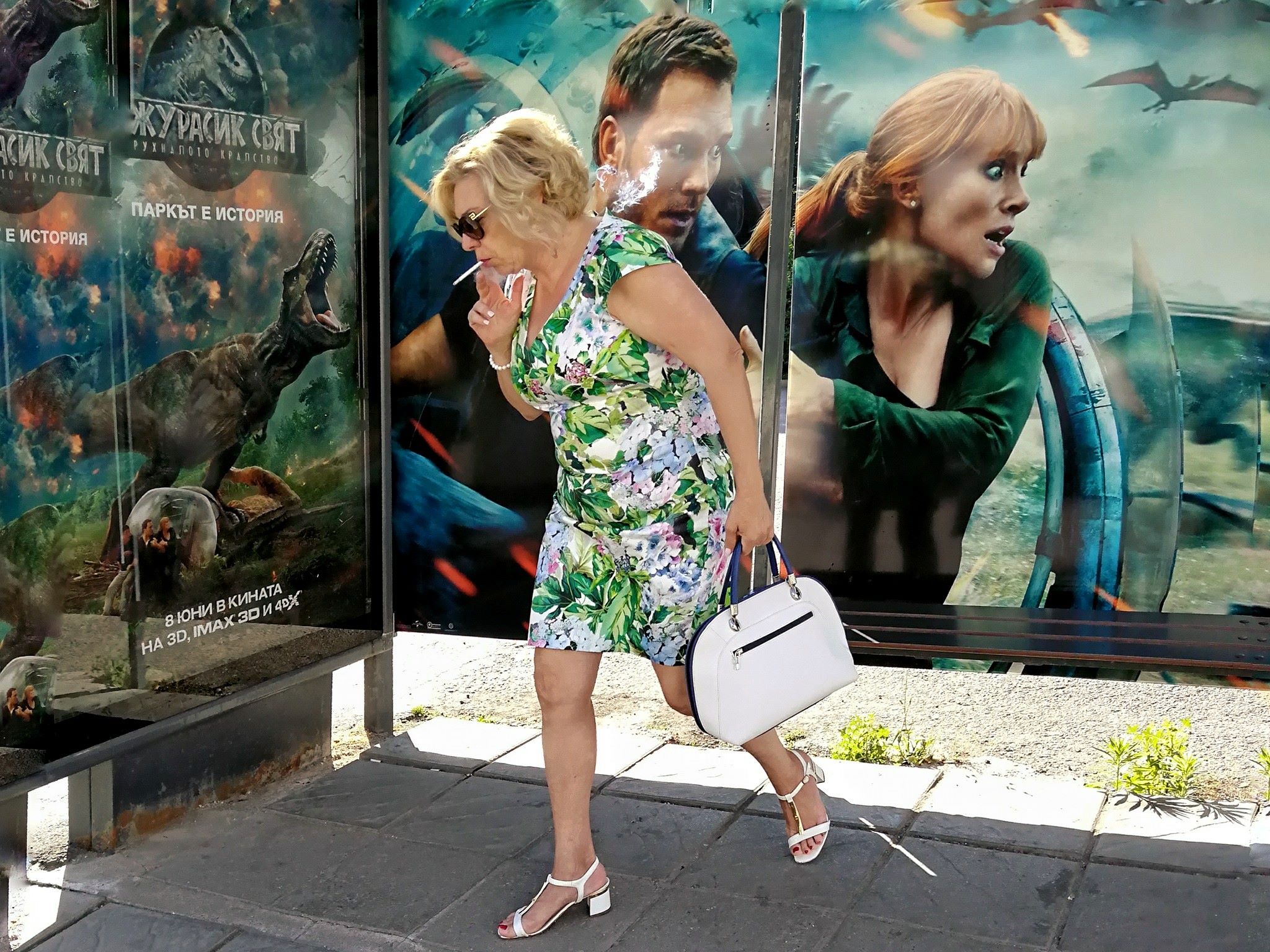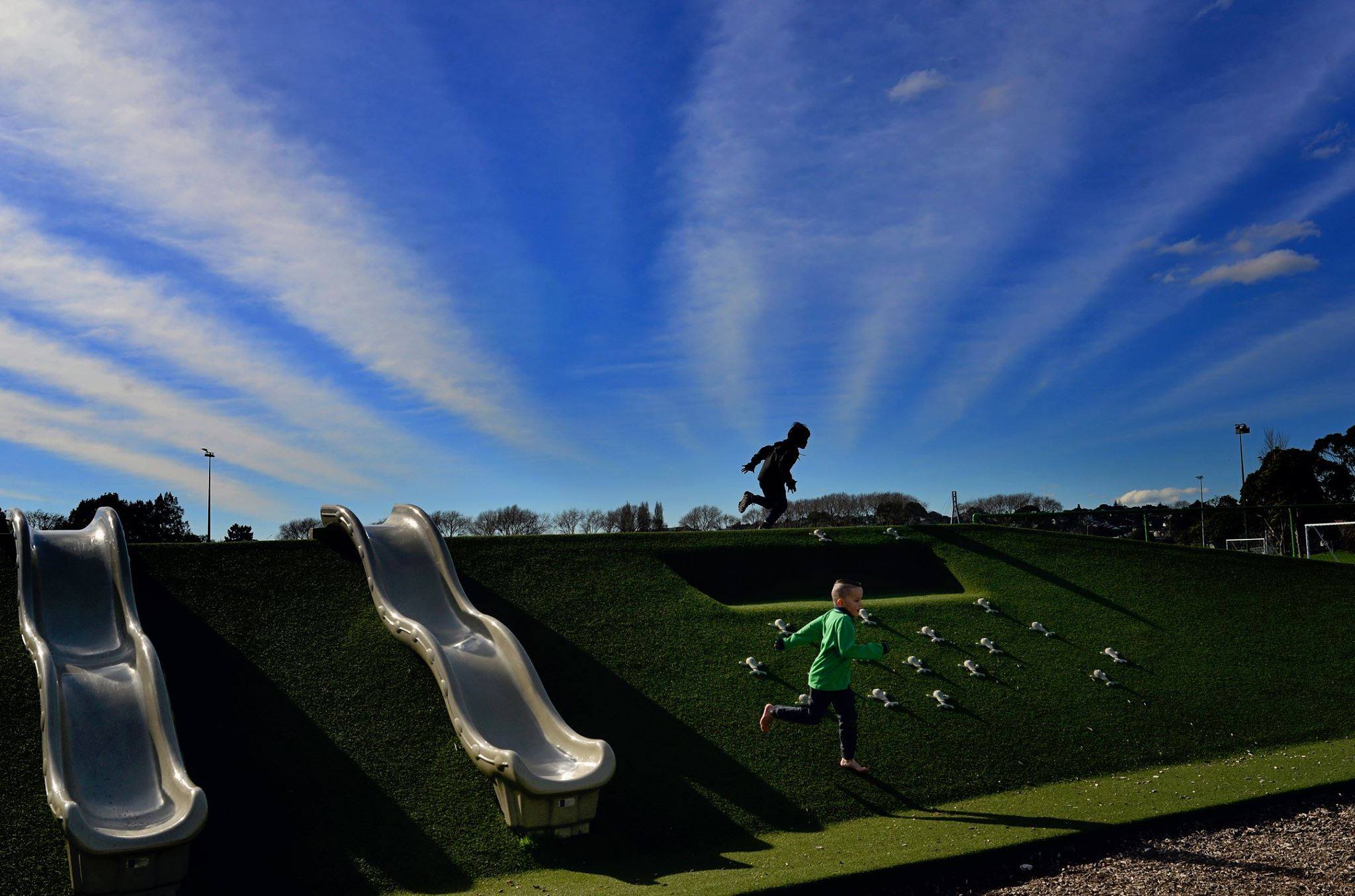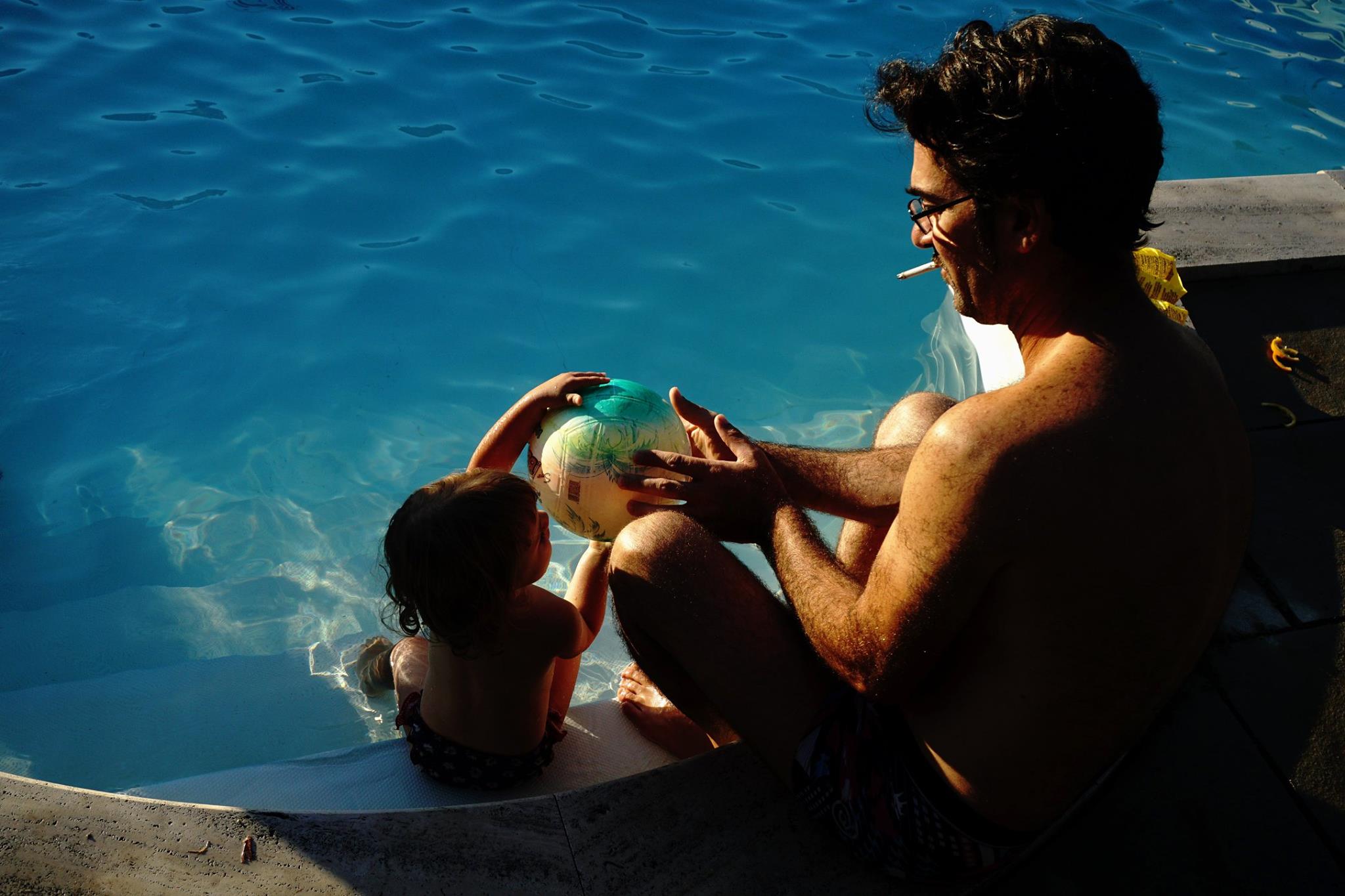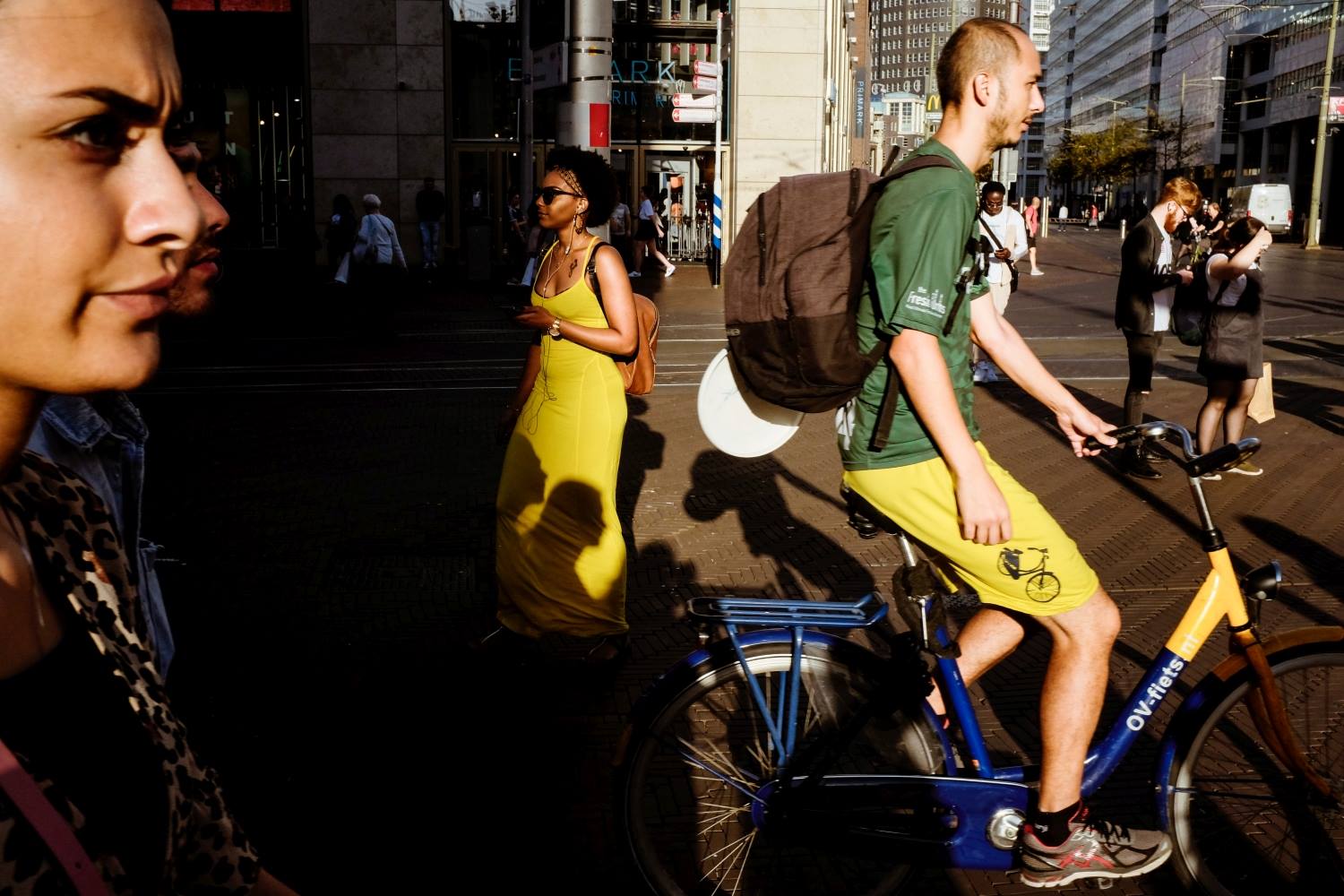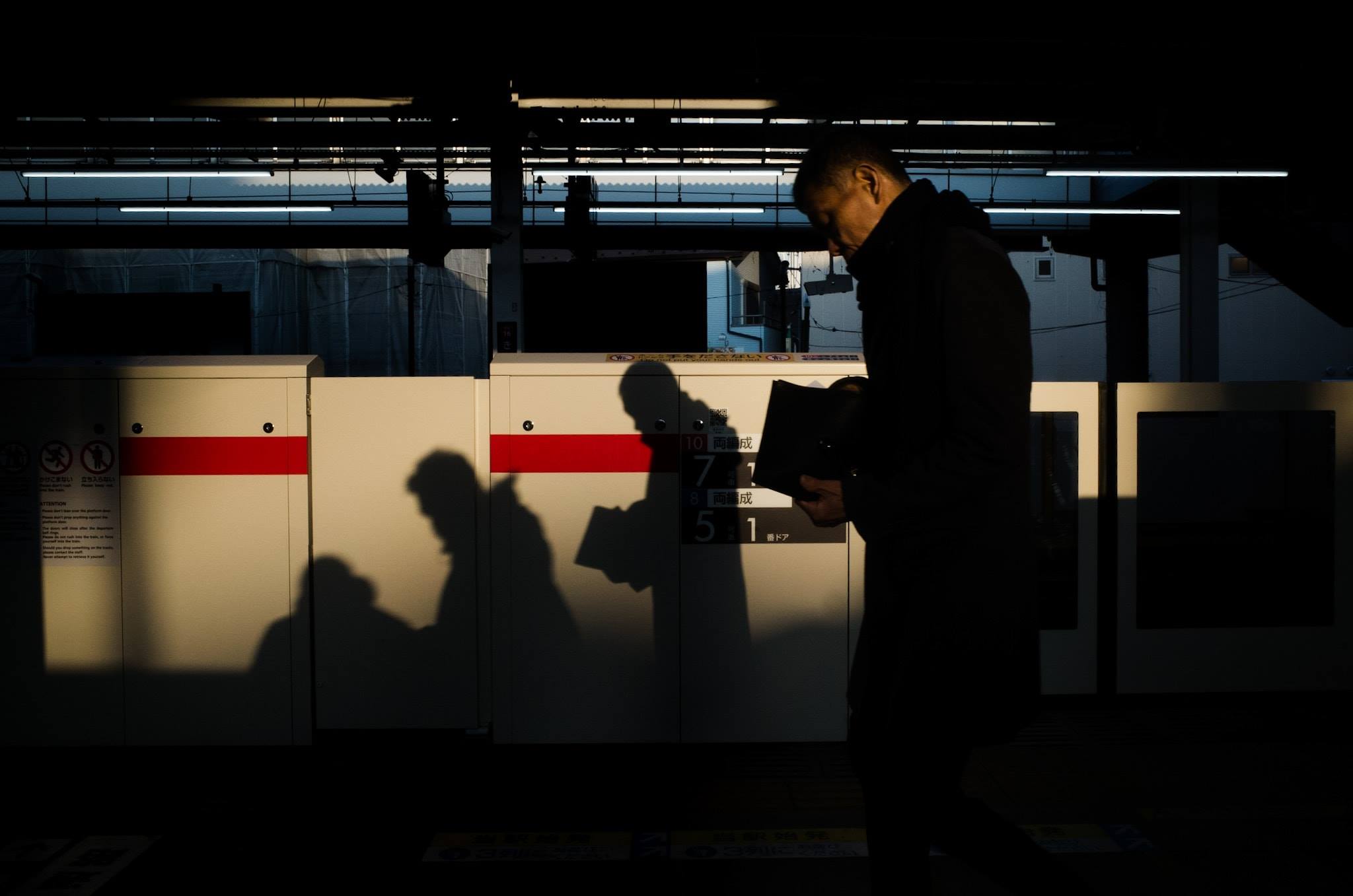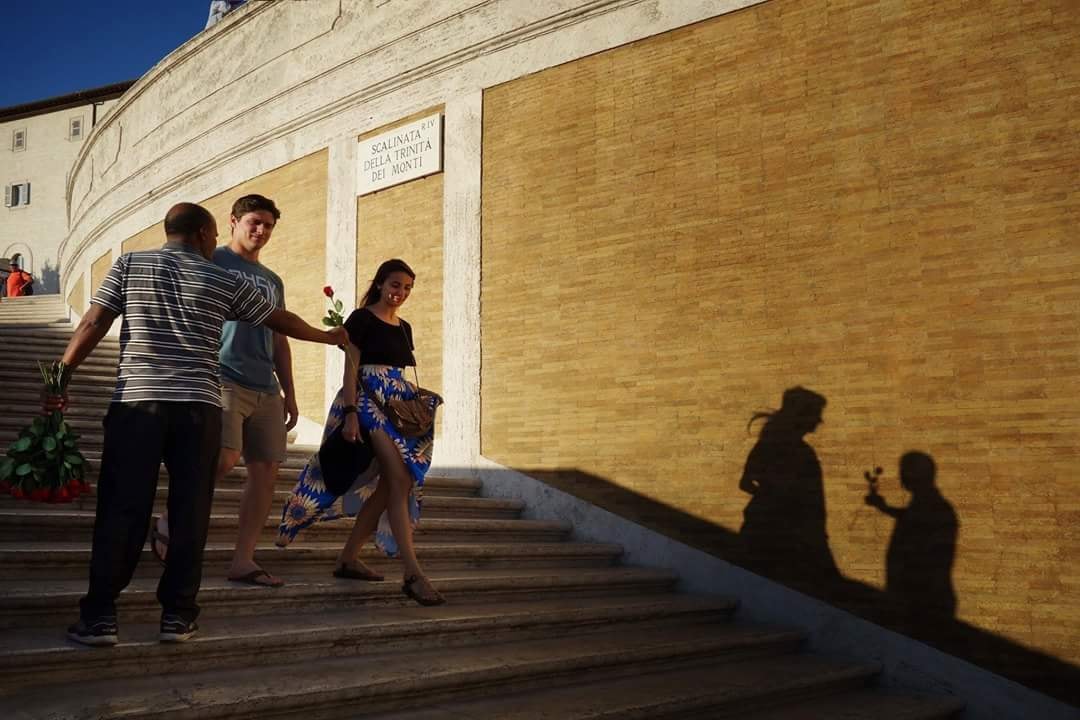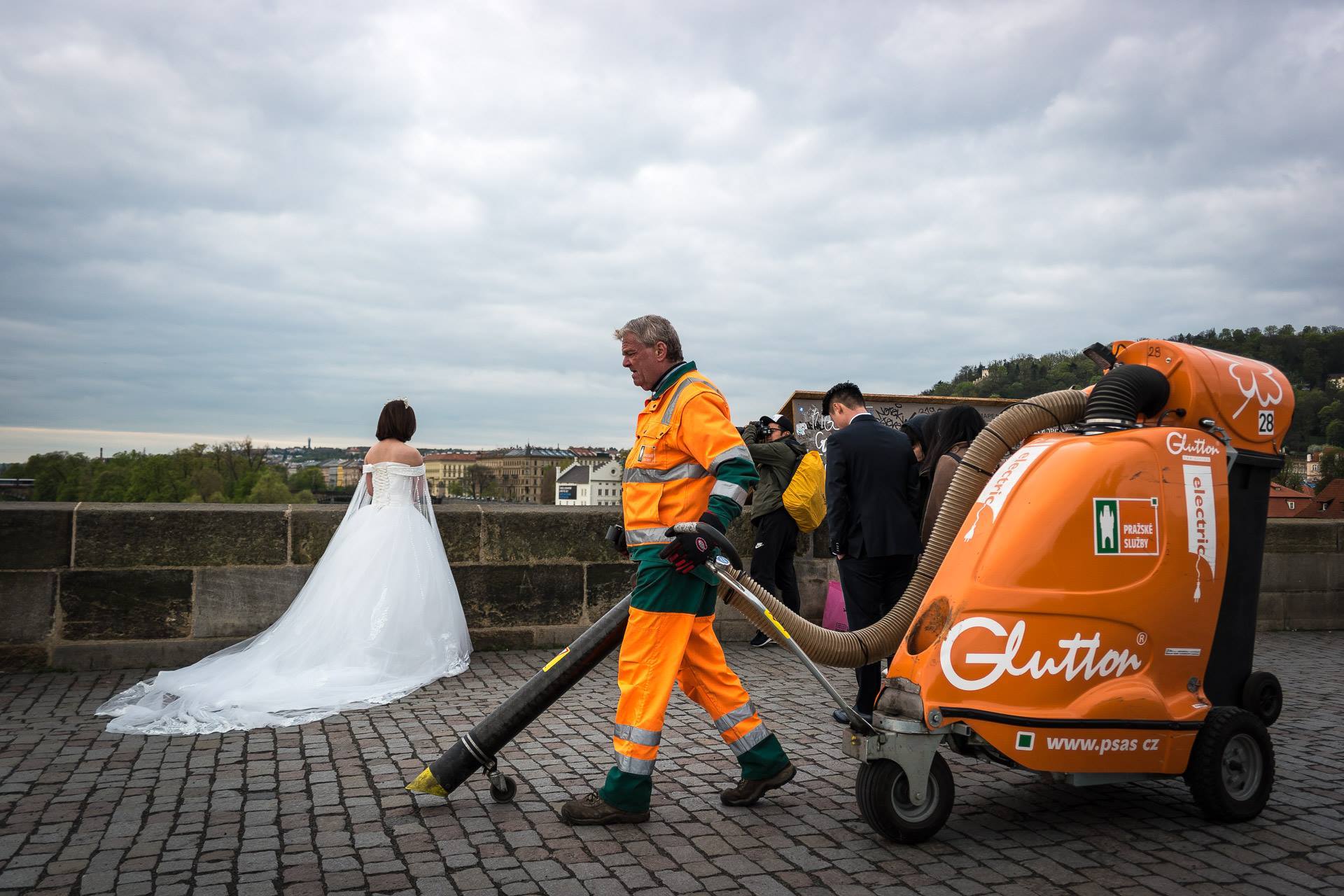Is a Shadow a Shadow a Shadow?
Every time I think of shadows, I remember Peter Pan losing his. I read the book at age nine, and saw the Disney film many years later.
I don't know if Disney's Peter Pan ballet with his Shadow is just a delightful double-step of animation, or prefigures of the eternal child who does not want to grow into narcissistic solipsism.
Not for nothing The Shadow by Carl Gustav Jung is the recess in which all sink their roots, a dangerous double, atavistic.
But the Photographic Shadow of People and Things is something more cheerful and comforting: we see the world as another watermark, absurdly lengthened or shortened, swelling or thin as a tower that will be erased in an instant, with the displacement of our axis, of our look.
Borges' Praise of Shadow is a colorful overview of a great observer, photographer of leitmotiv of literature and photography.
In the same way a good photographer walks a sunny day, skirting the fence of the park, and knows how to impress the blackest rituals of the shadows left by the rest on the diaphragm, starting with the gate, two passers-by, a tall tower, a tight tree.
The photographer does not have that fear that he could have if instead, he moved on to a set, and the shadow became the Shadow of Alfred Hitchcock, the figure behind the shower curtain before the scream.
One of the most sensitive film critics recalled that the great directors of German Expressionism, as soon as they filled the set of objects, announced a threat: but this Shadow of Expressionism has stretched all over cinema and photography, every time we split the real, as in the dance of the eternal Peter, they look at the trace of what is and exemplify it with their devices.
Do you think it is different in arts other than figurative, like cinema, photography, painting? Not exactly. Robert Schumann's Shadow is in his motivic convolutions another motif in a precedent and appears with the romantic double.
We listen to all this in the short piano pieces, 'Childhood Scenes', 'Wood Scenes'. Schumann's musical shadow is poignant. Gustav Mahler's Shadow will be terribly agonizing. Let's go back to the Disney dance.
But above all the restless and disturbing landscapes, as the word 'shady' means, the Shakespearean empyrean stands out: The Tempest has hit the Island, but the Shadow of the Spirit is magic, here it is made to appear by the High Bardo in a jaunty Servant's desk. It is he who, extinguishing any temptation to fall into darkness, restores to the Shadow the profile of the Dawn of Life, not Twilight. As in The Lux Fiat Bible.
Then everyone plays with whomever he wants. In the Italian Dictionary Treccani 'ombra' is: 'dark area, or less bright, of the surface of a shape'. As if to say, even the dark has its shadows.
Ah, I forgot, the Plato's Cave, and this closes the circle. Are shadows more real than reality?
Batsceba Hardy







































